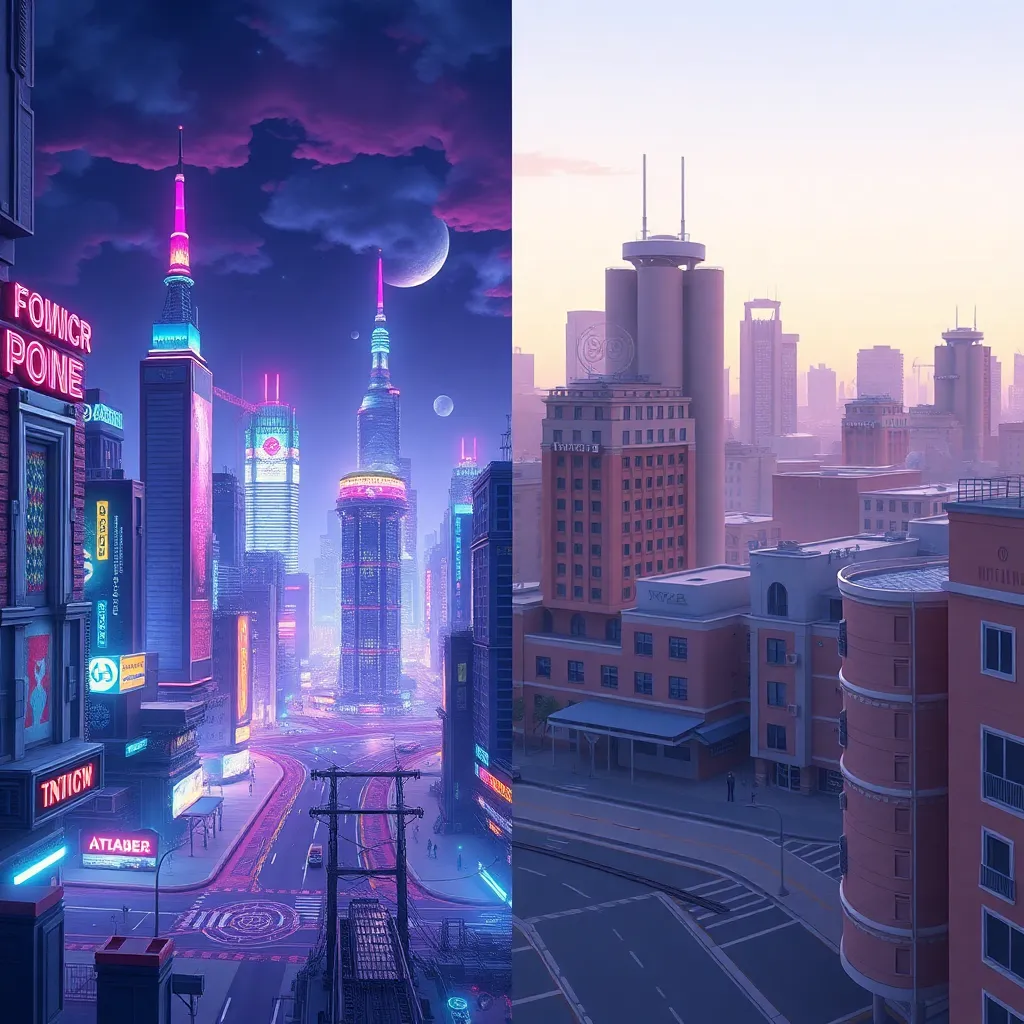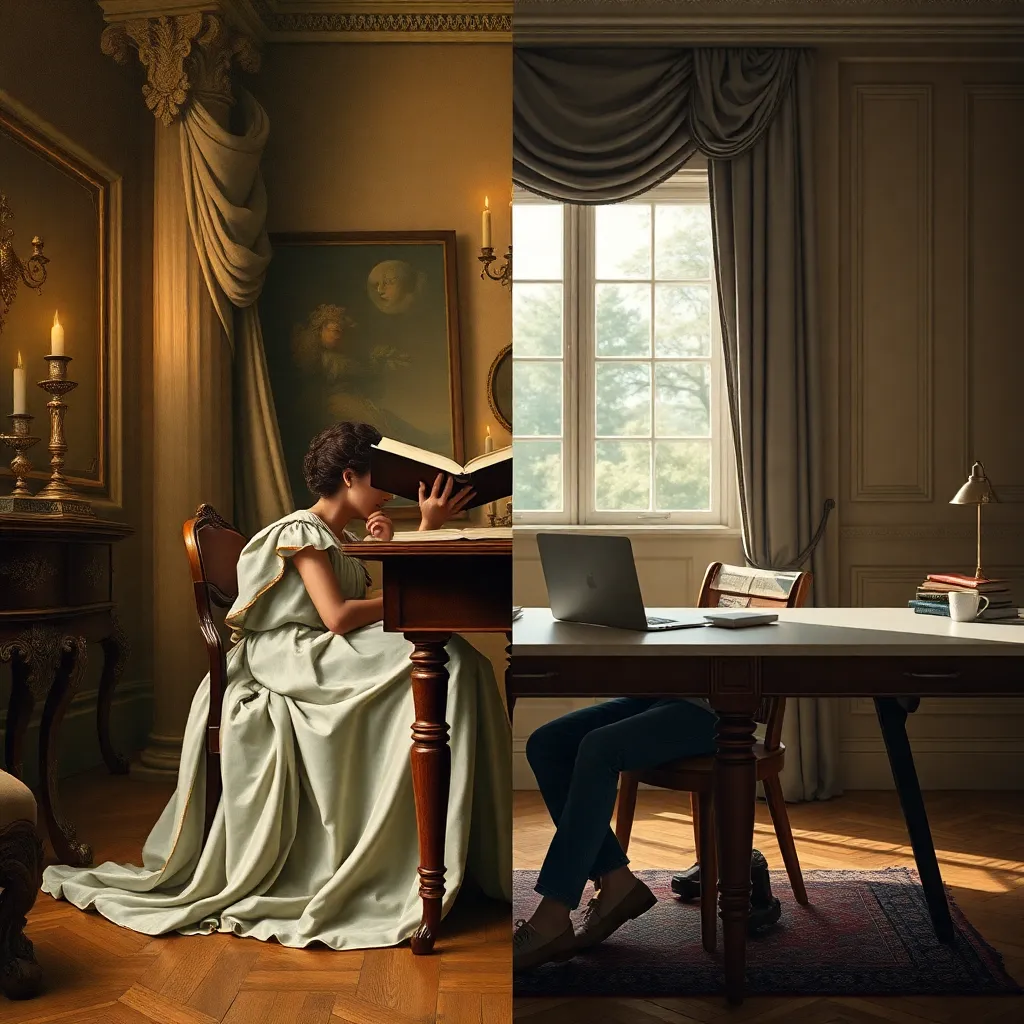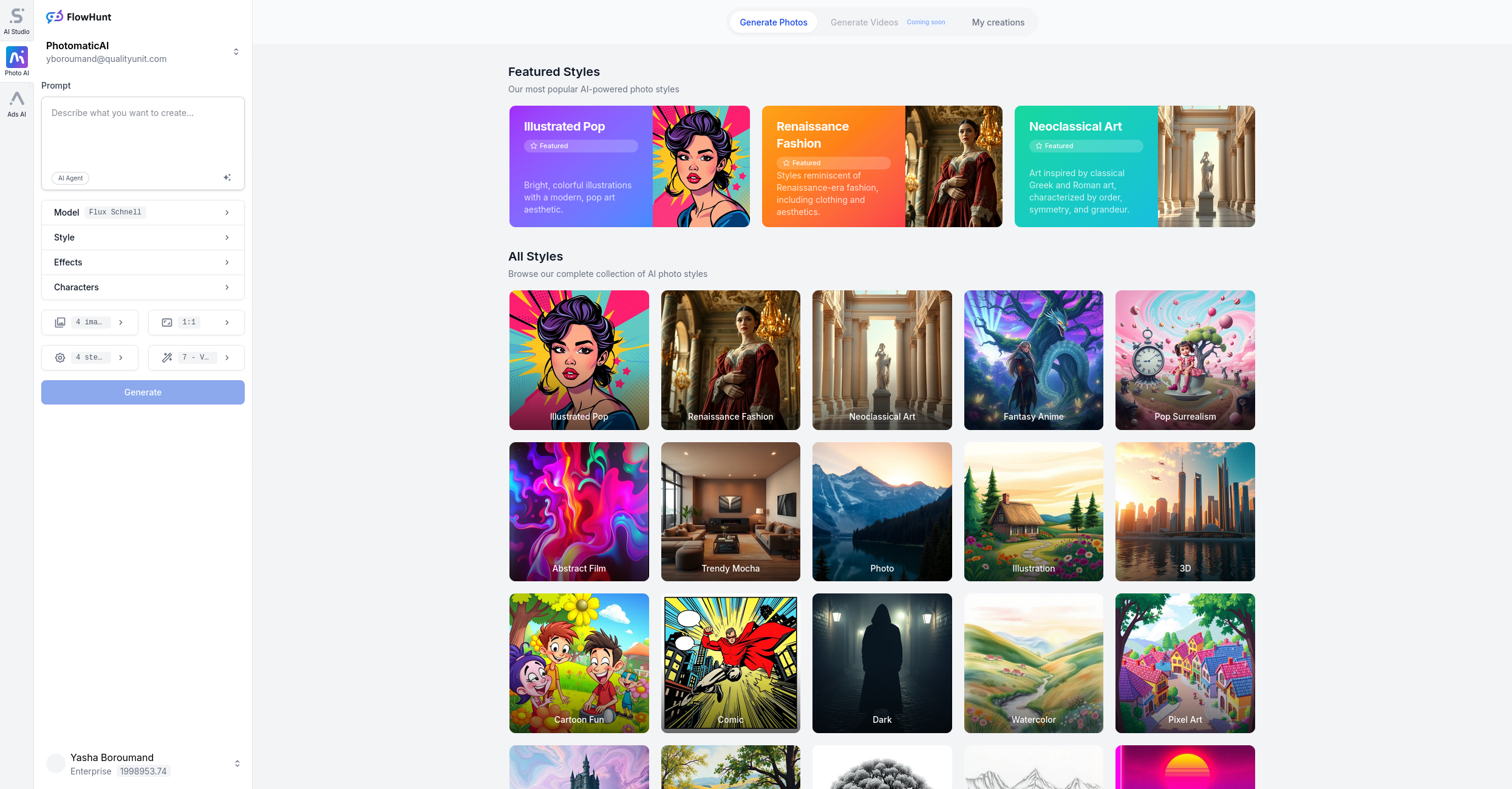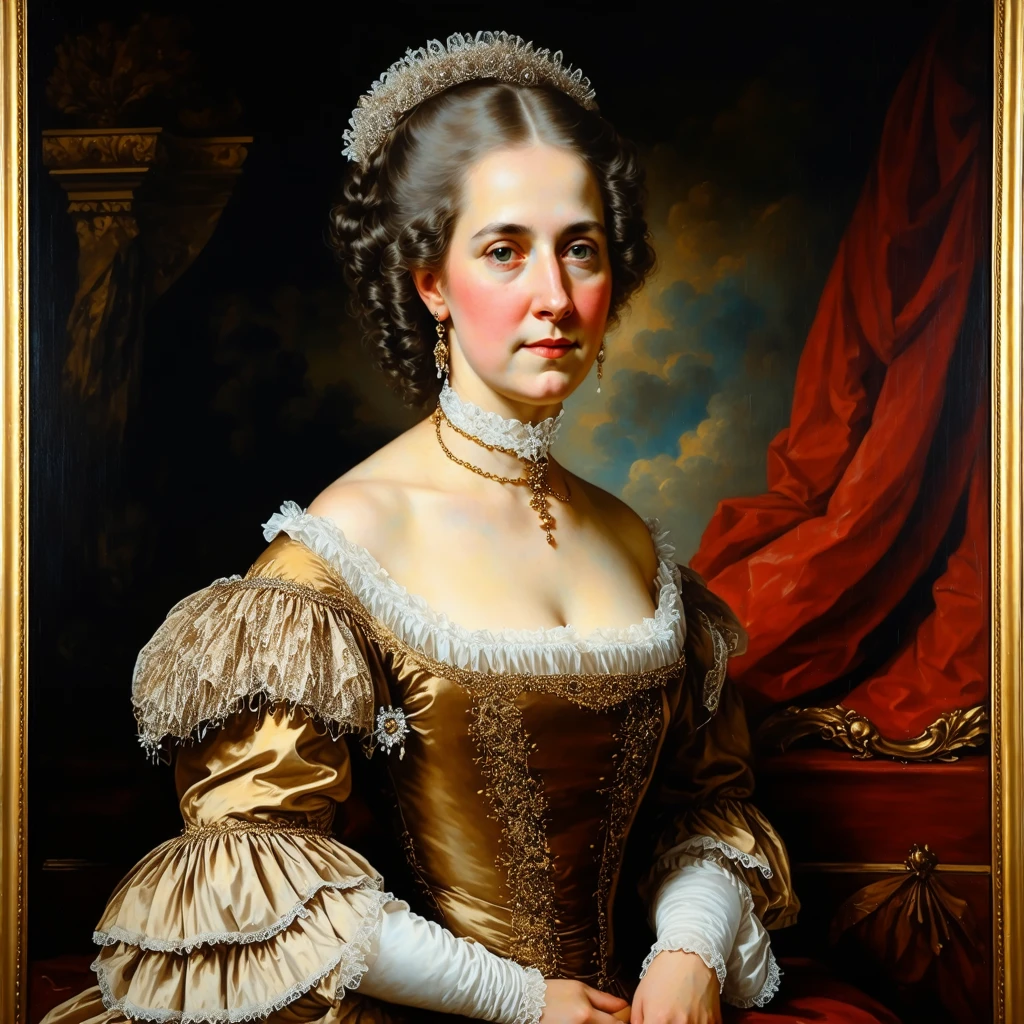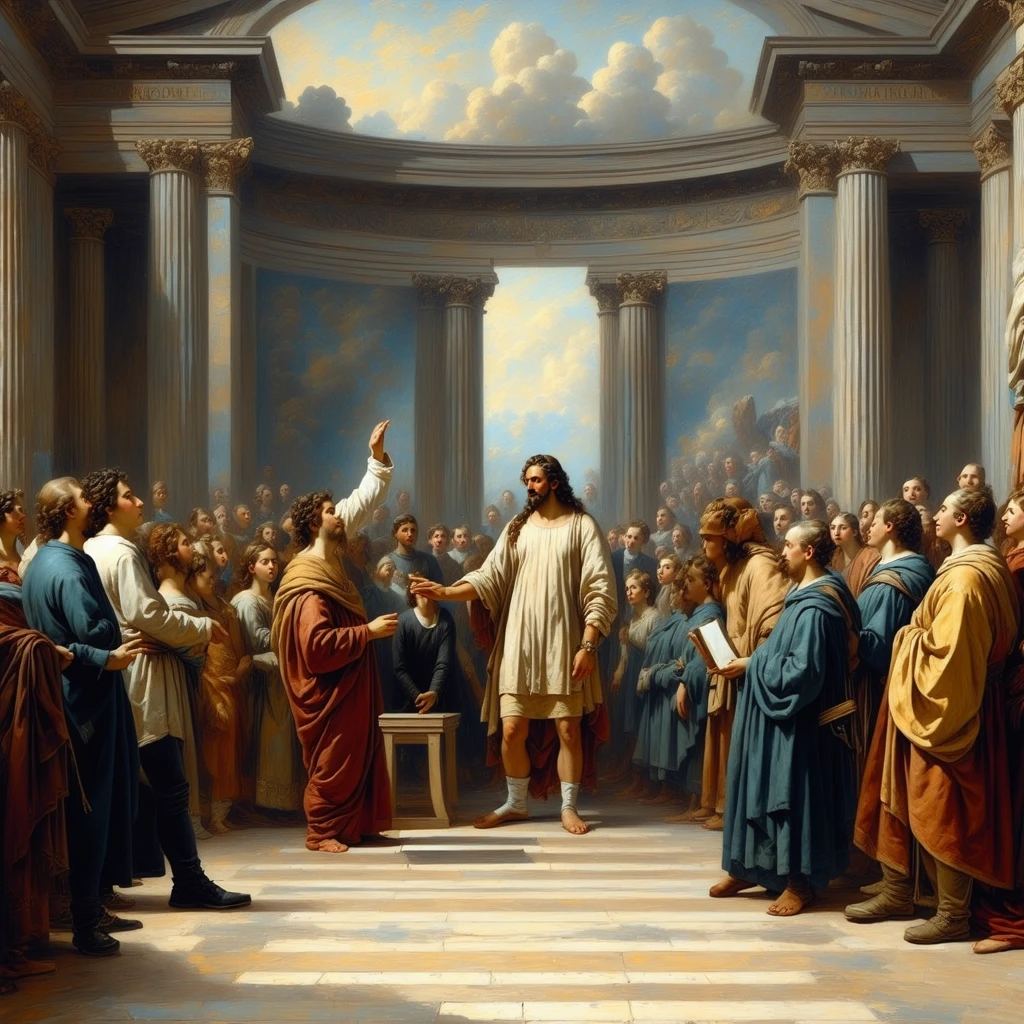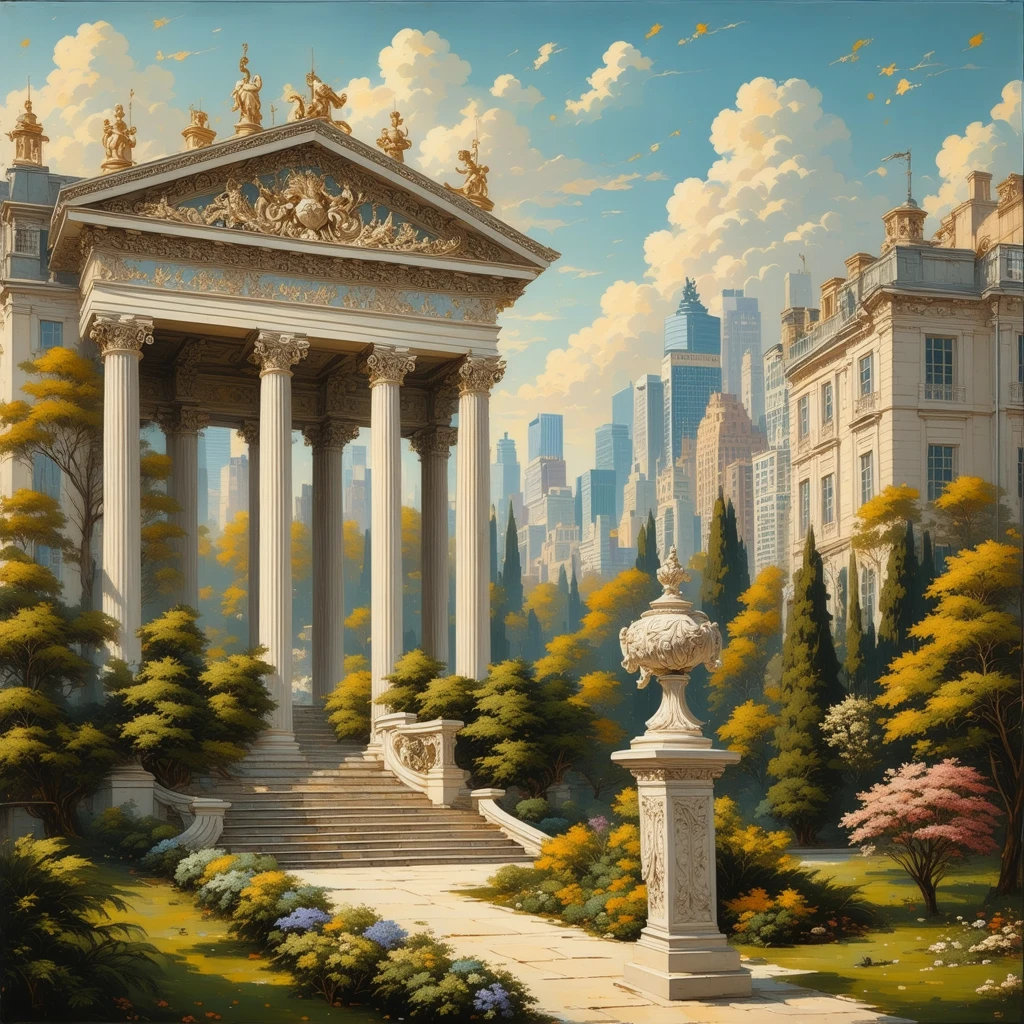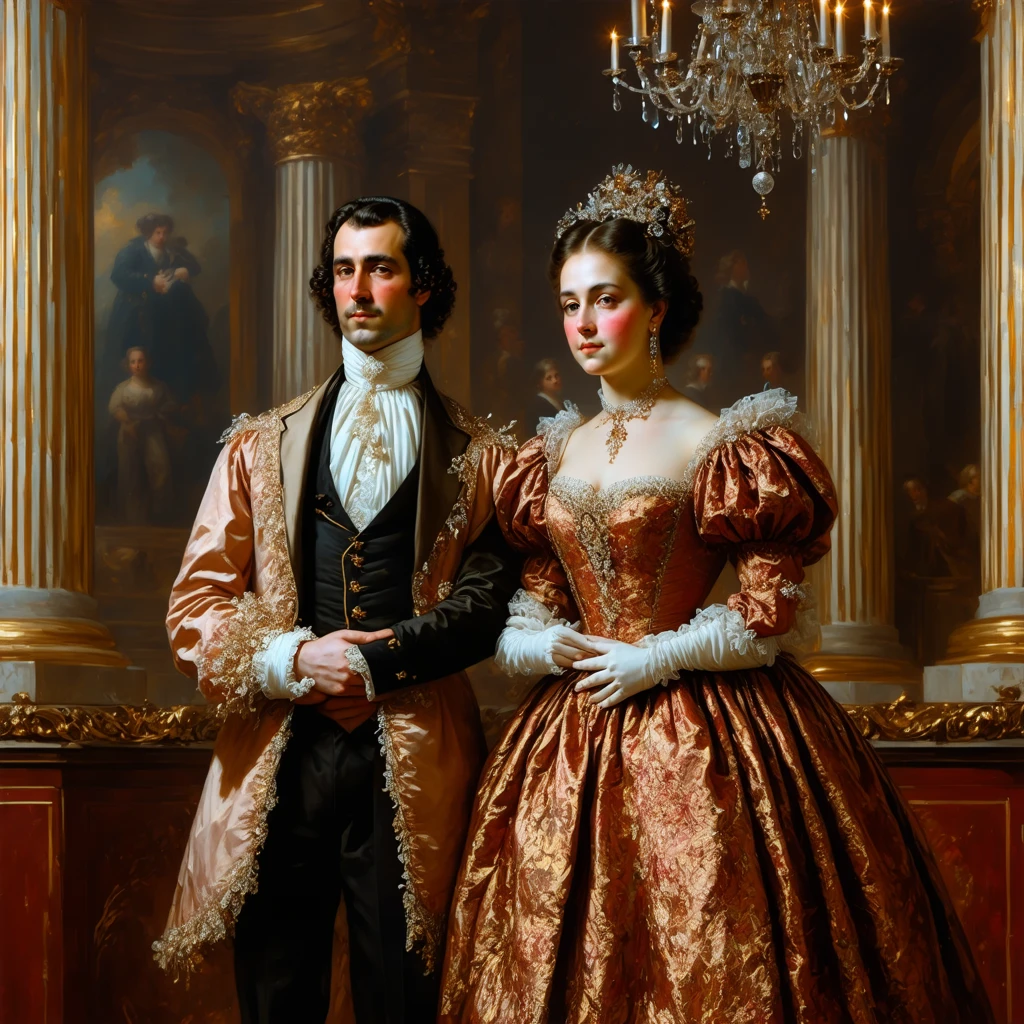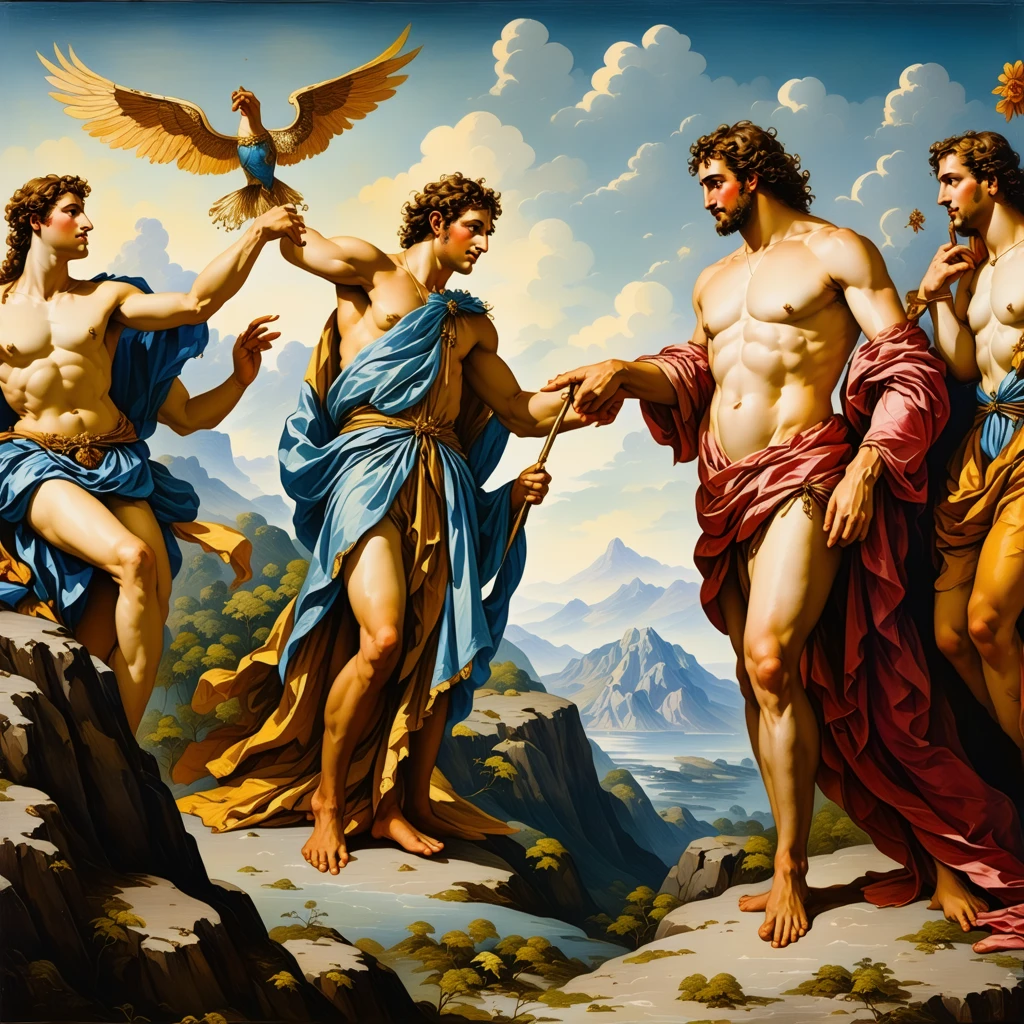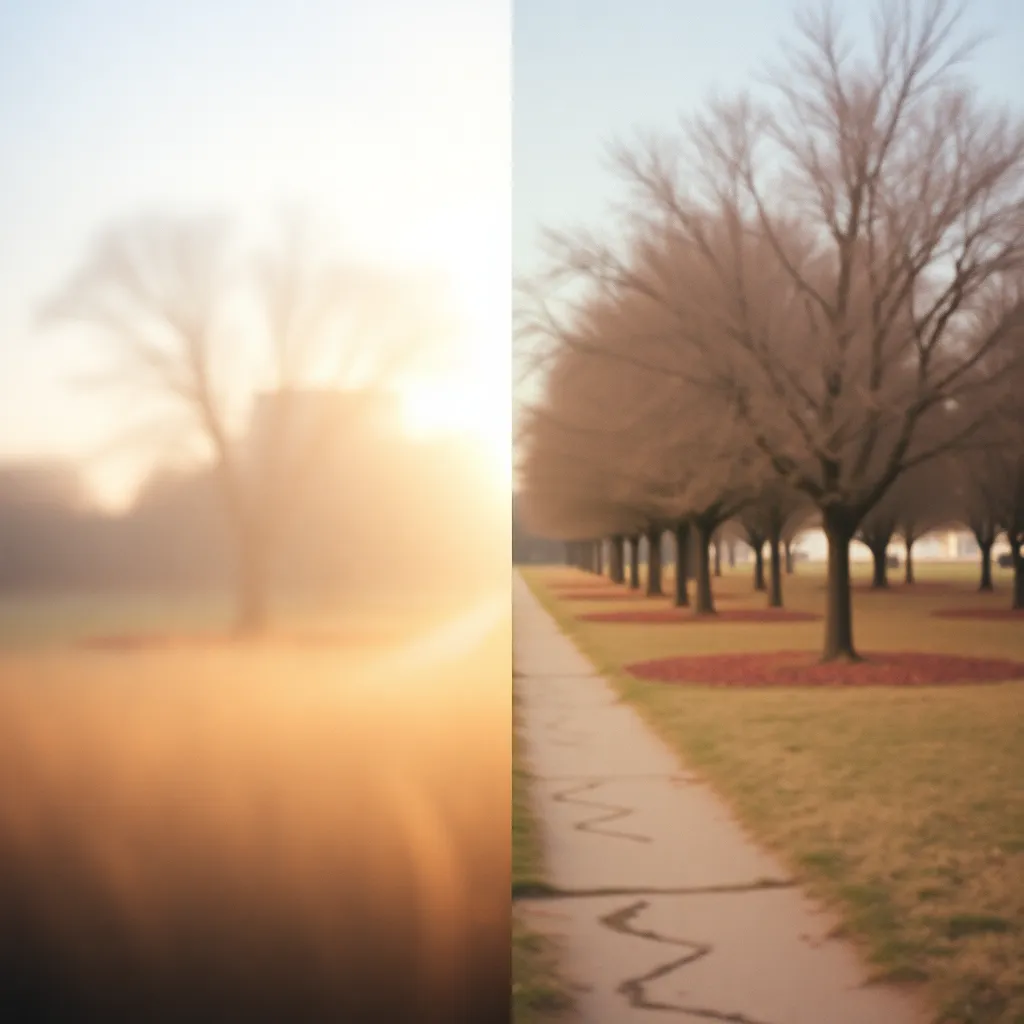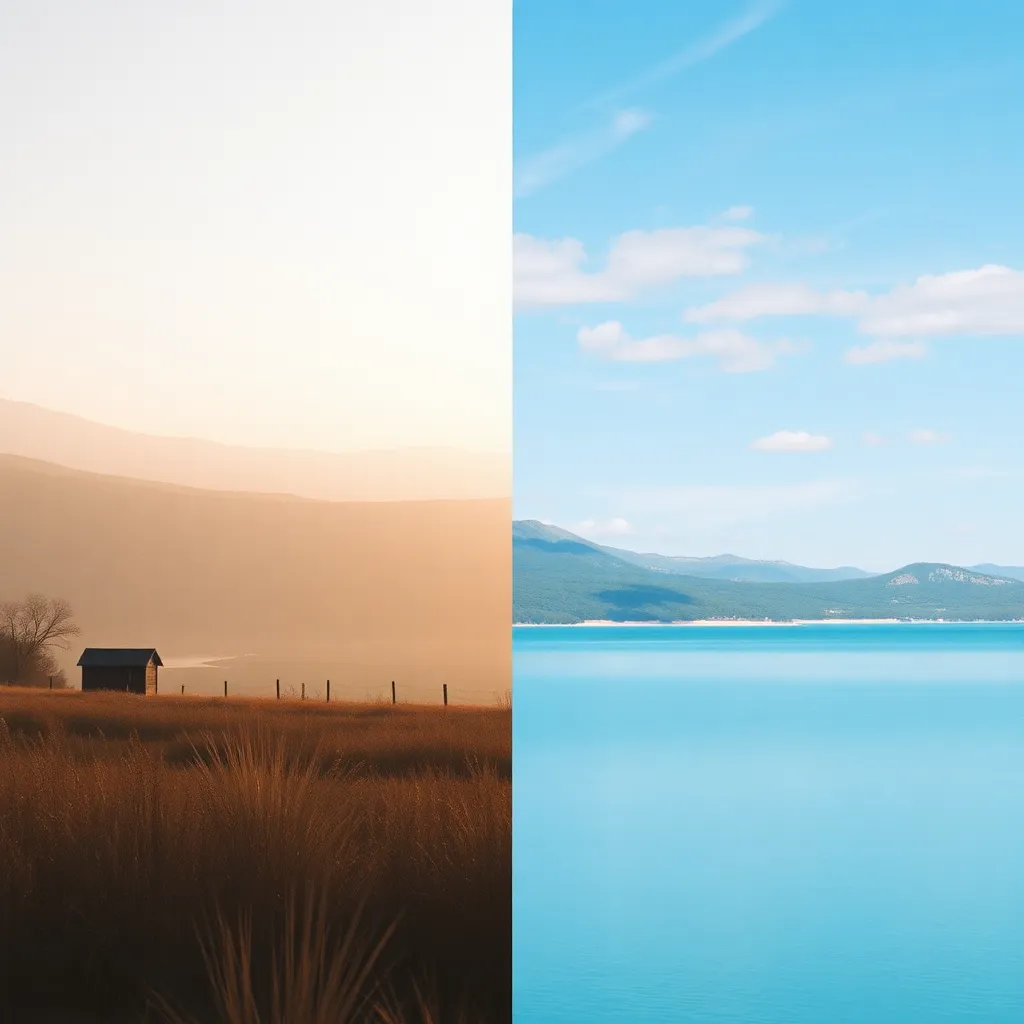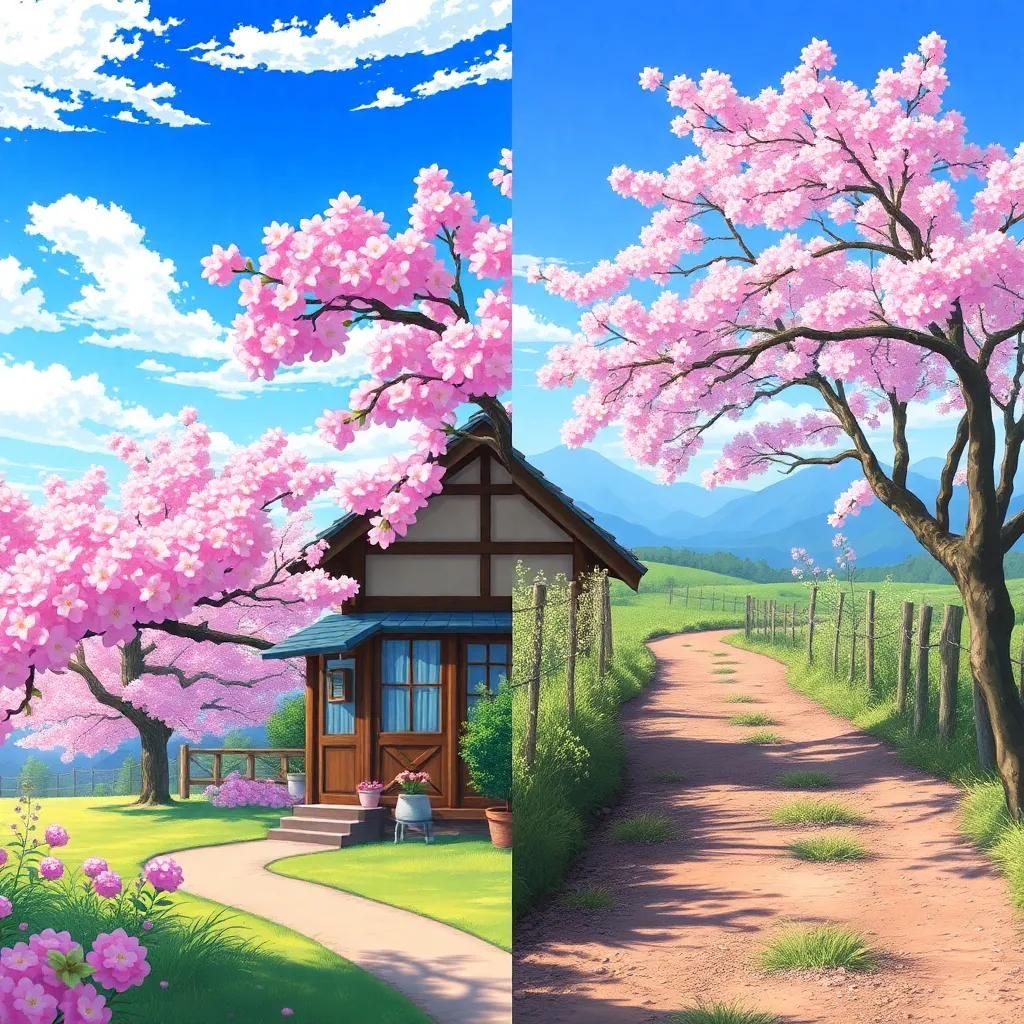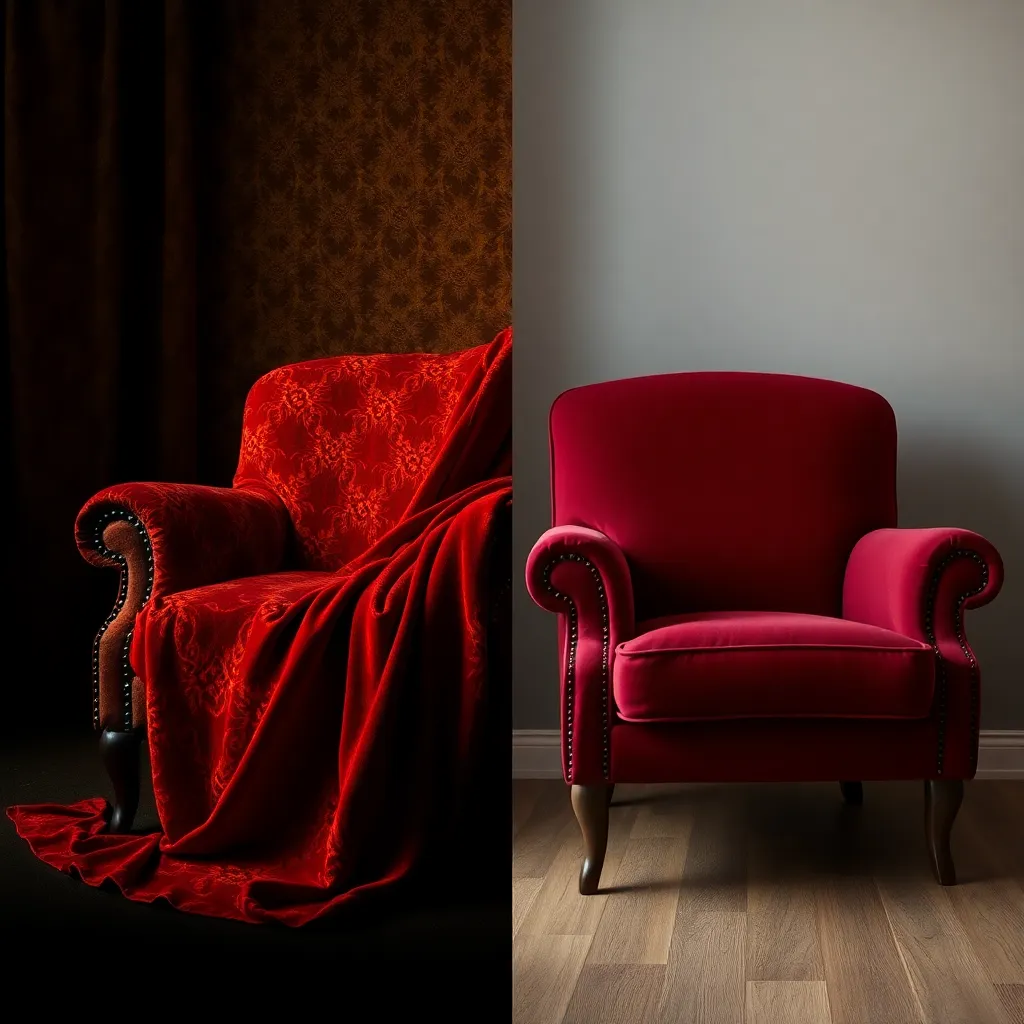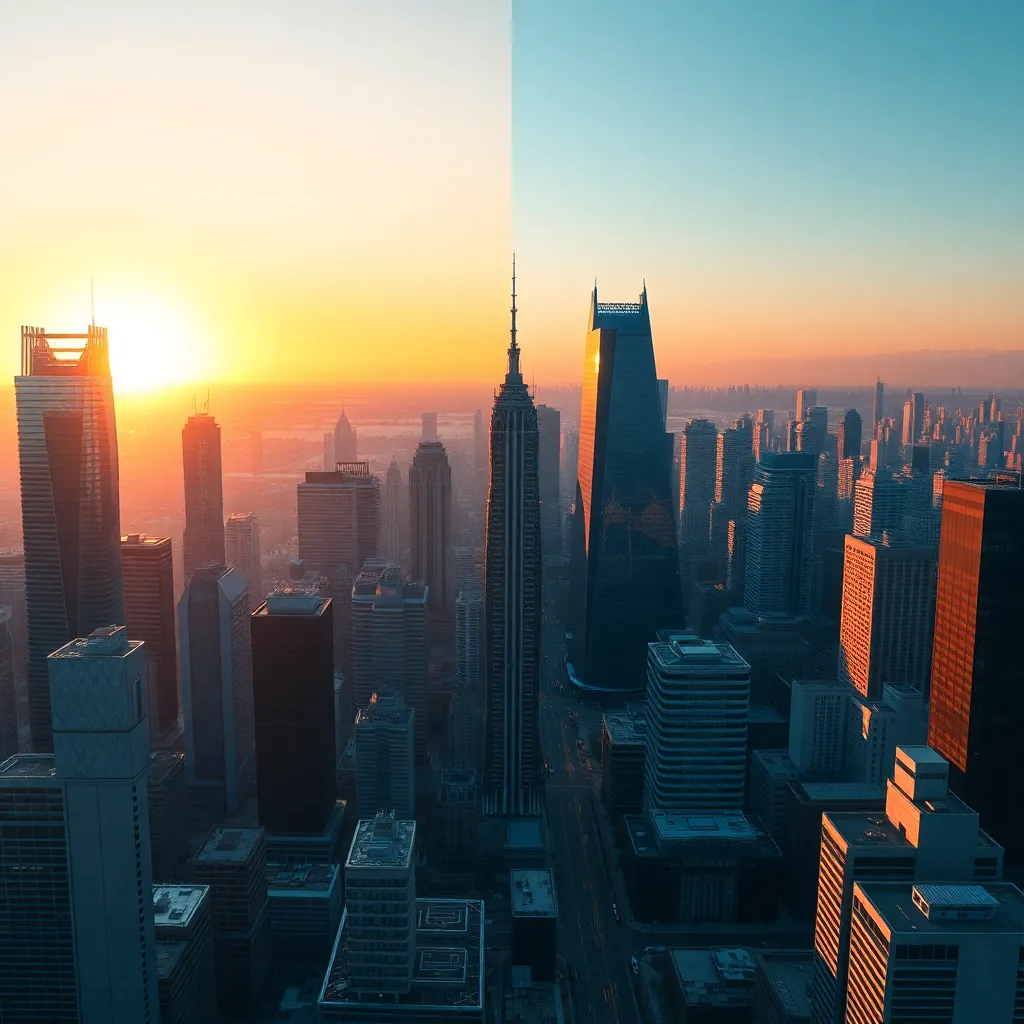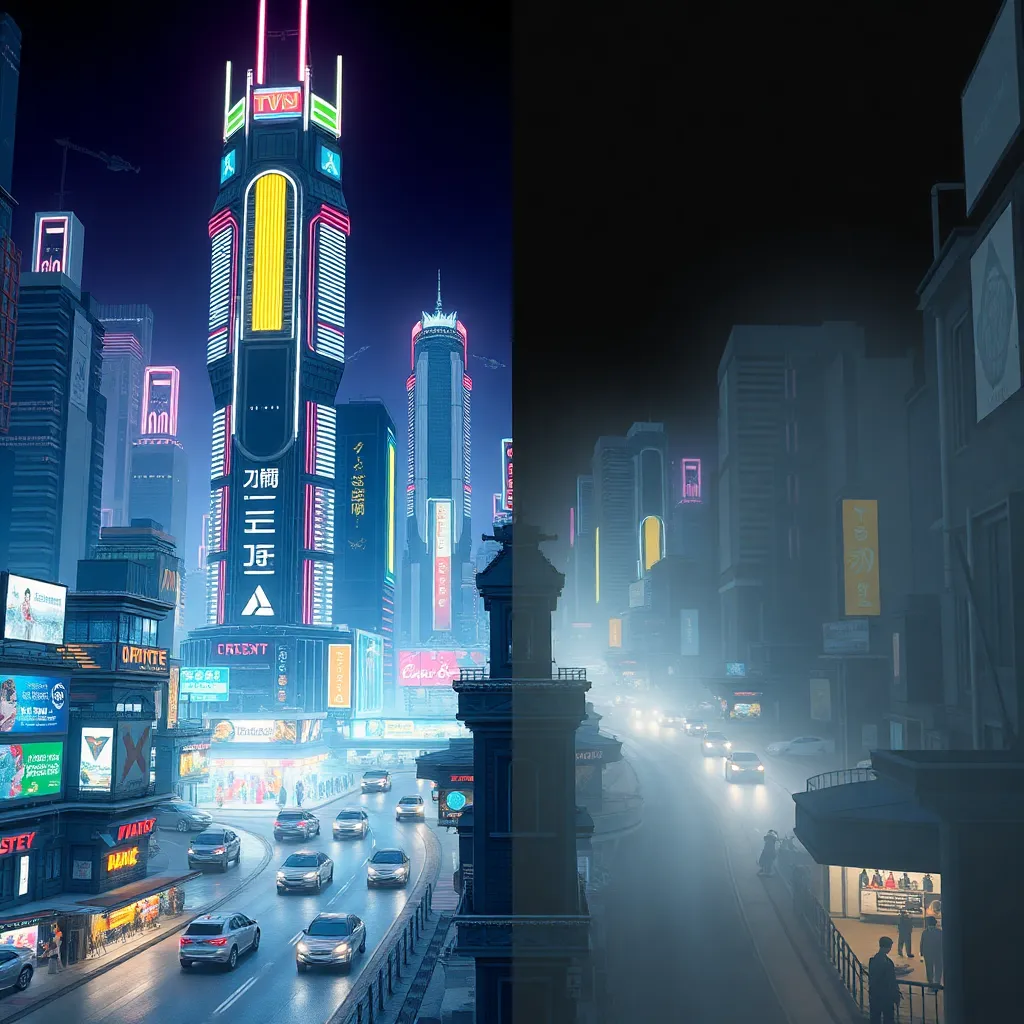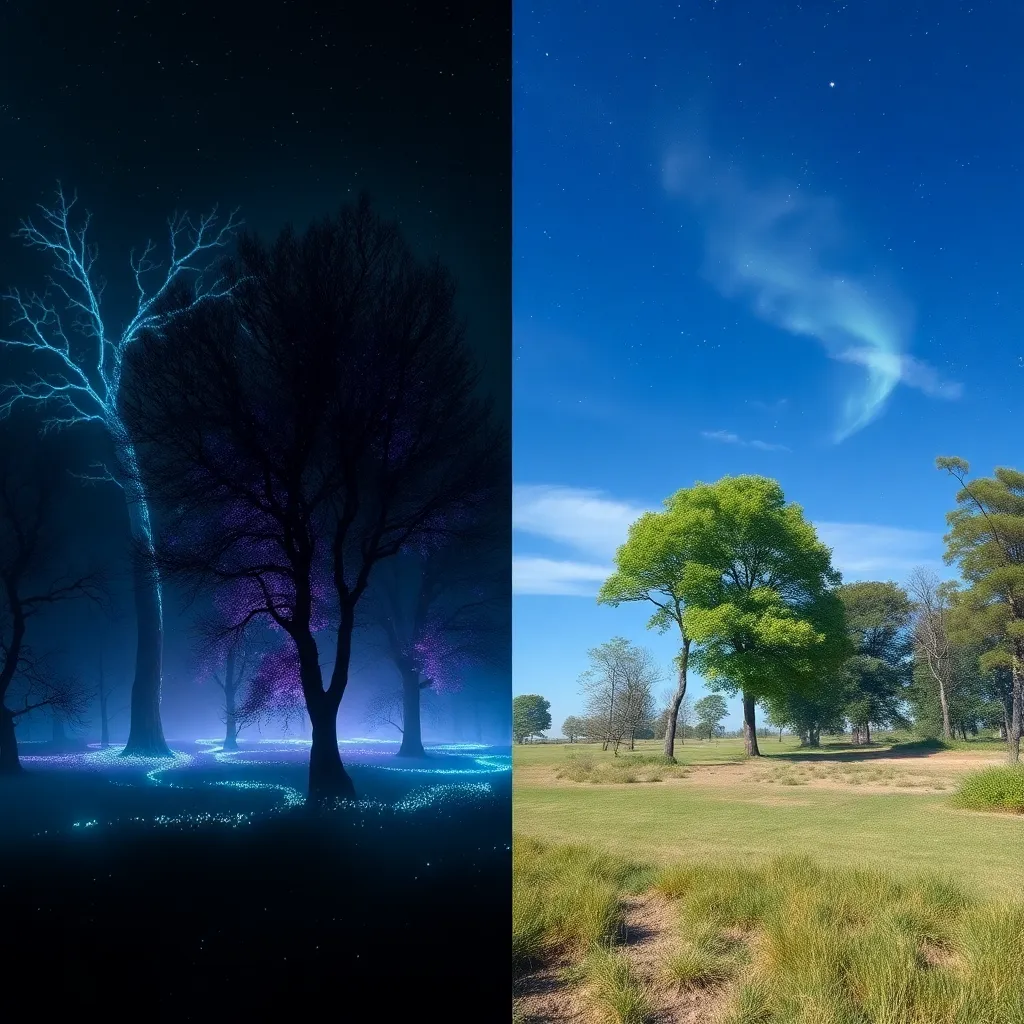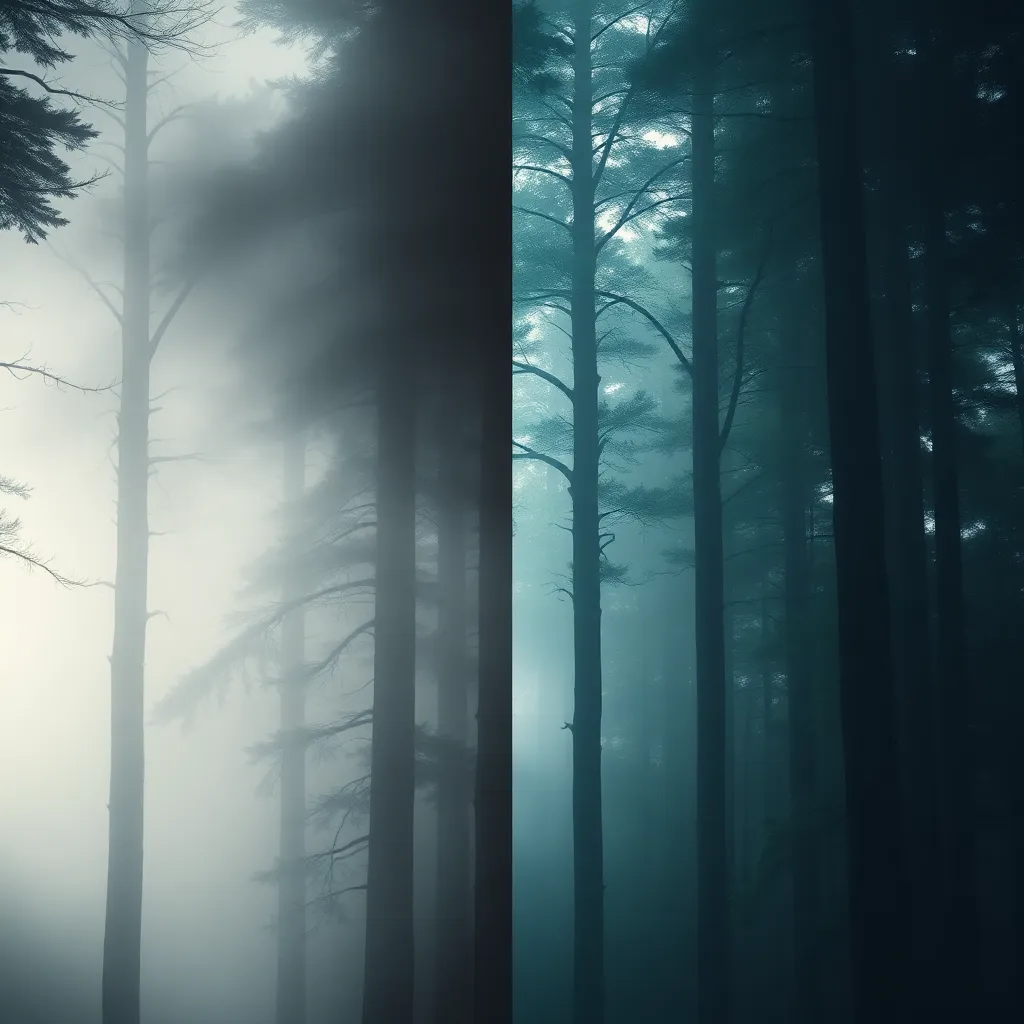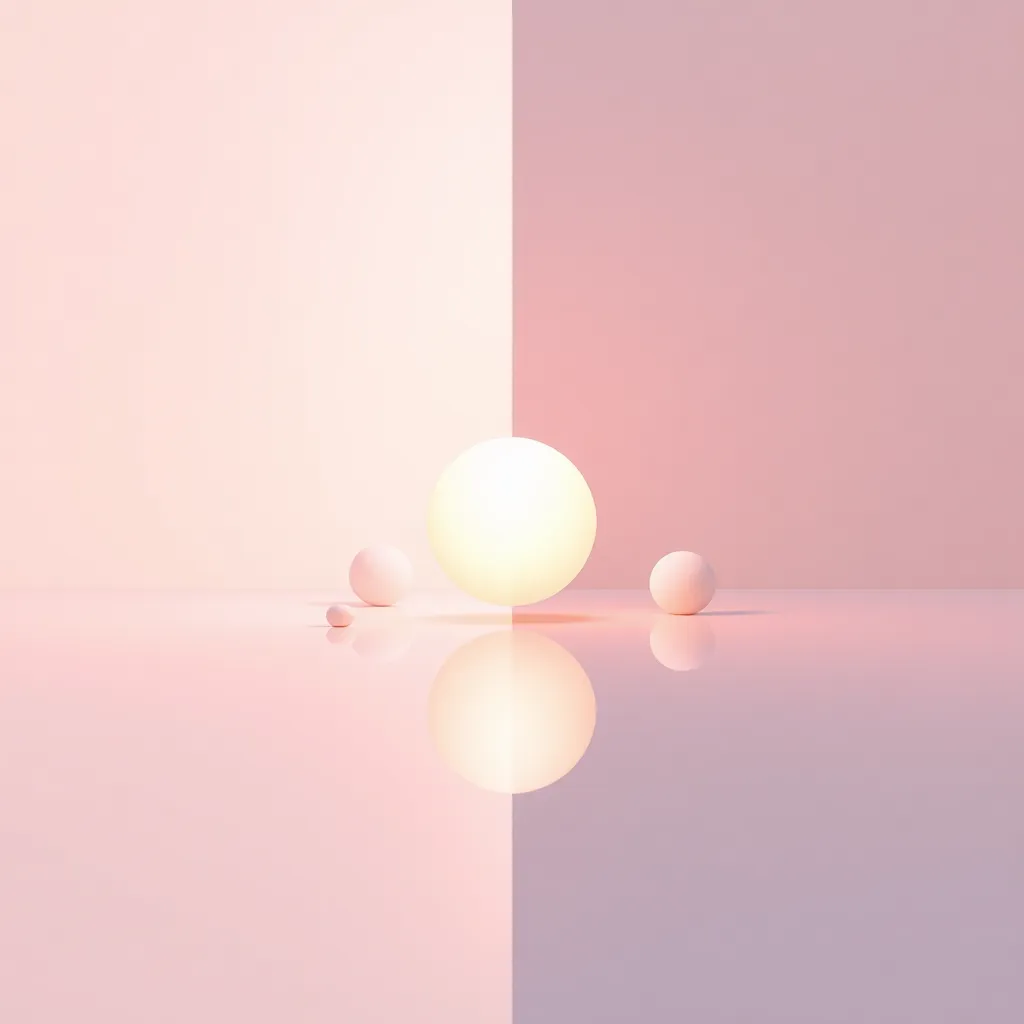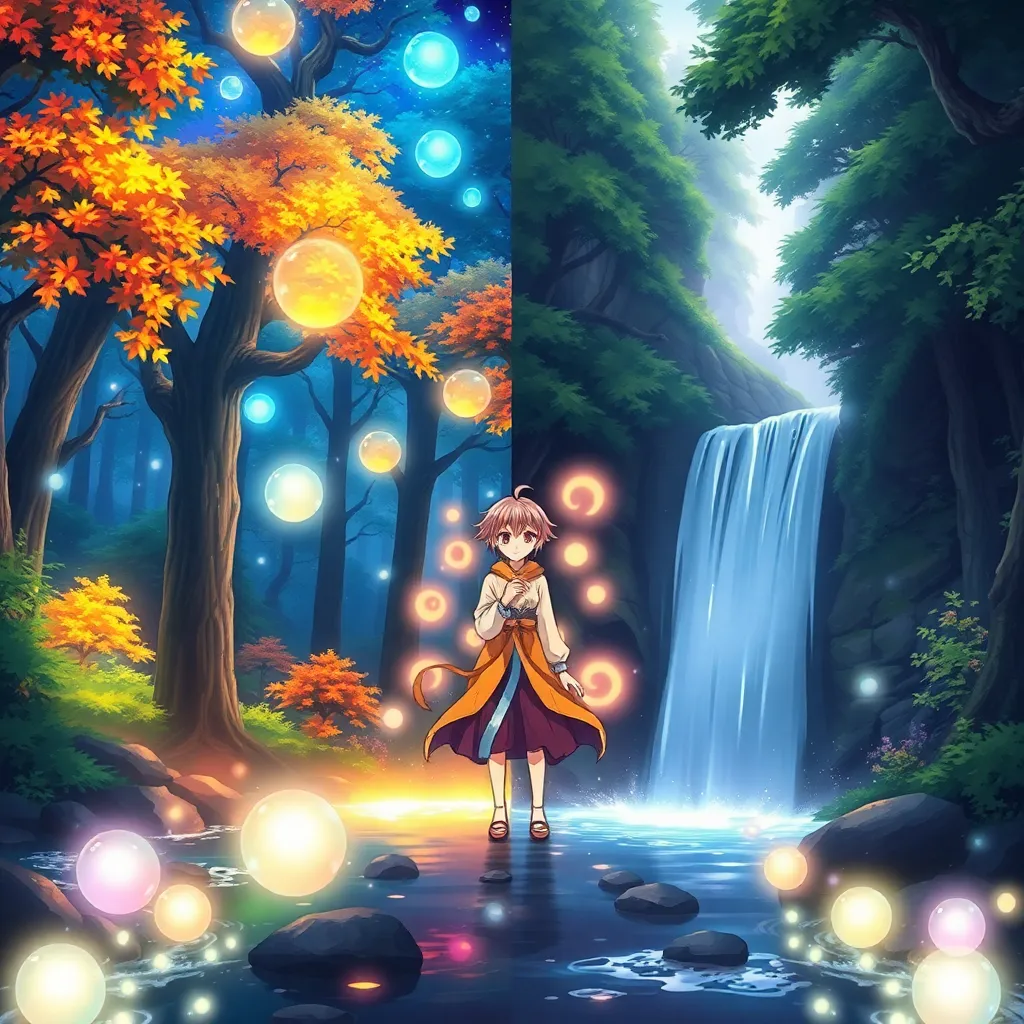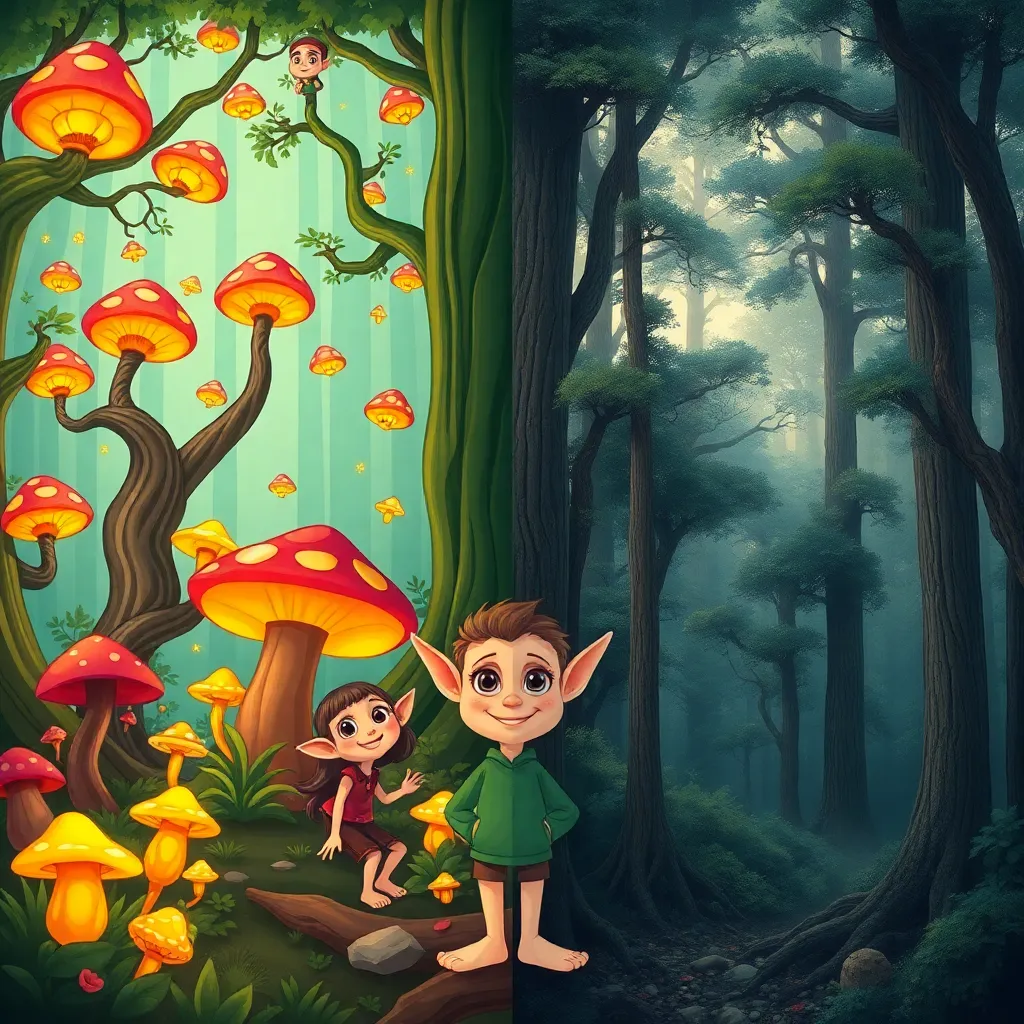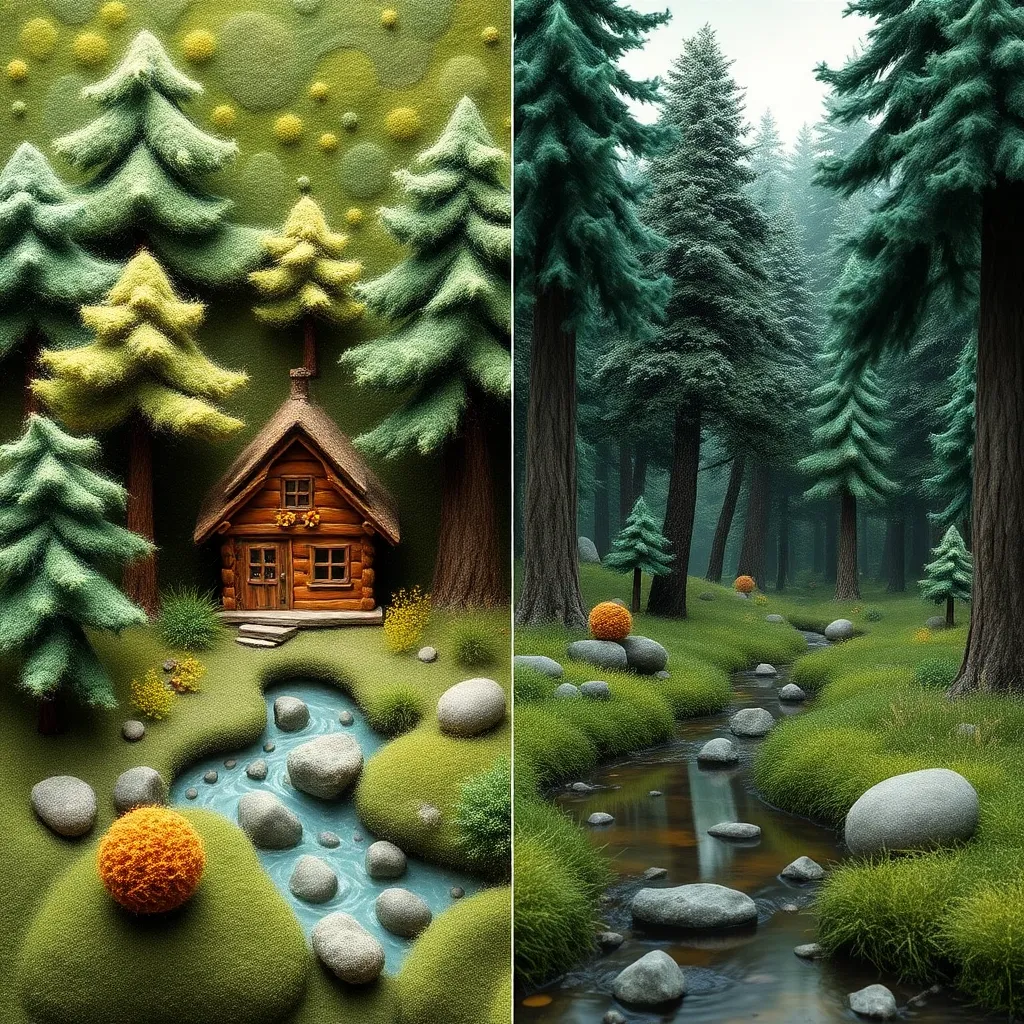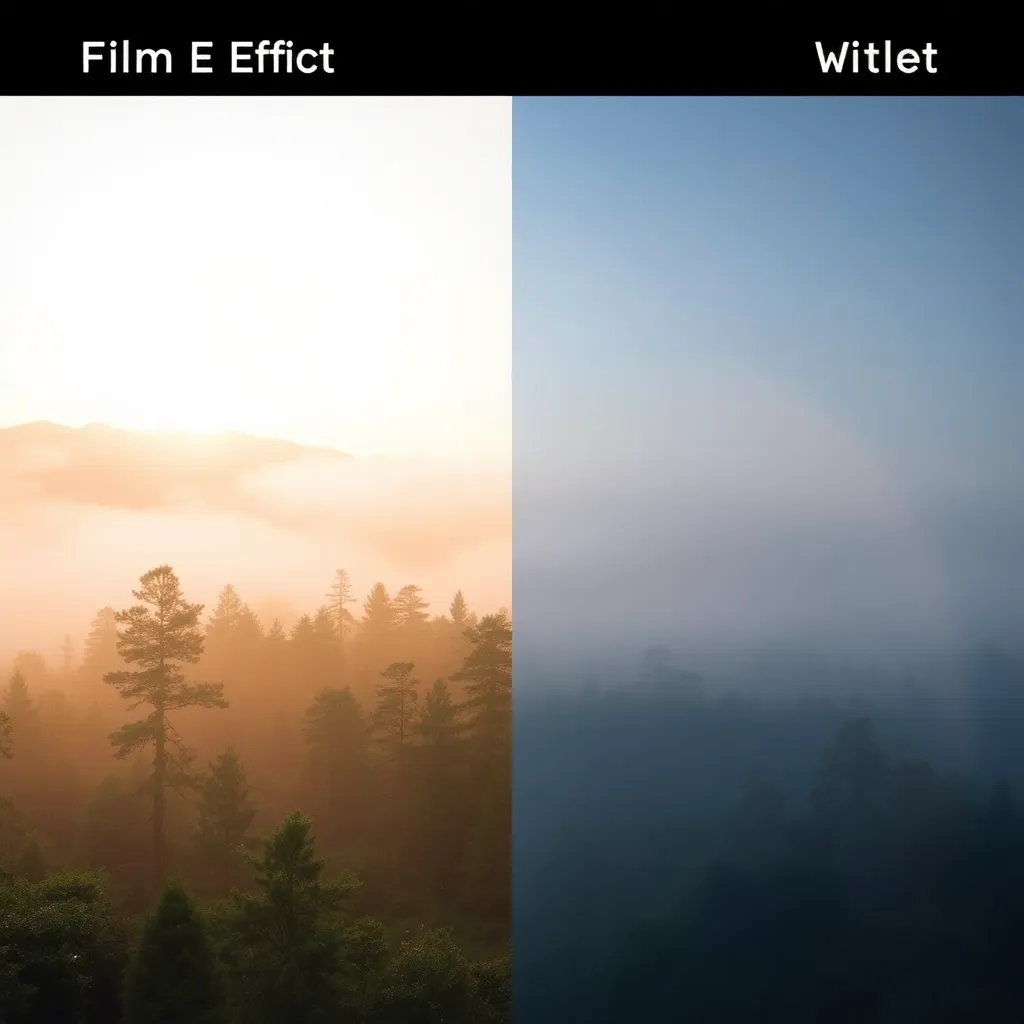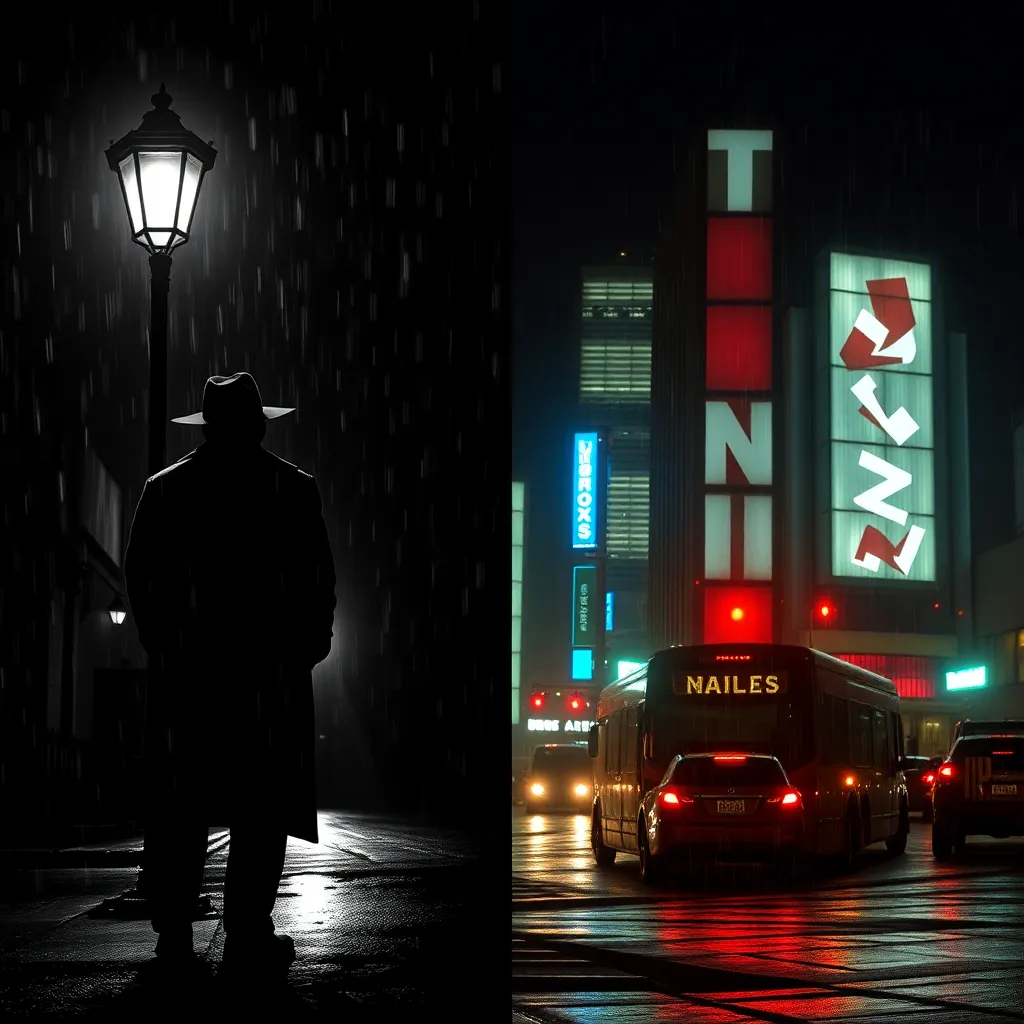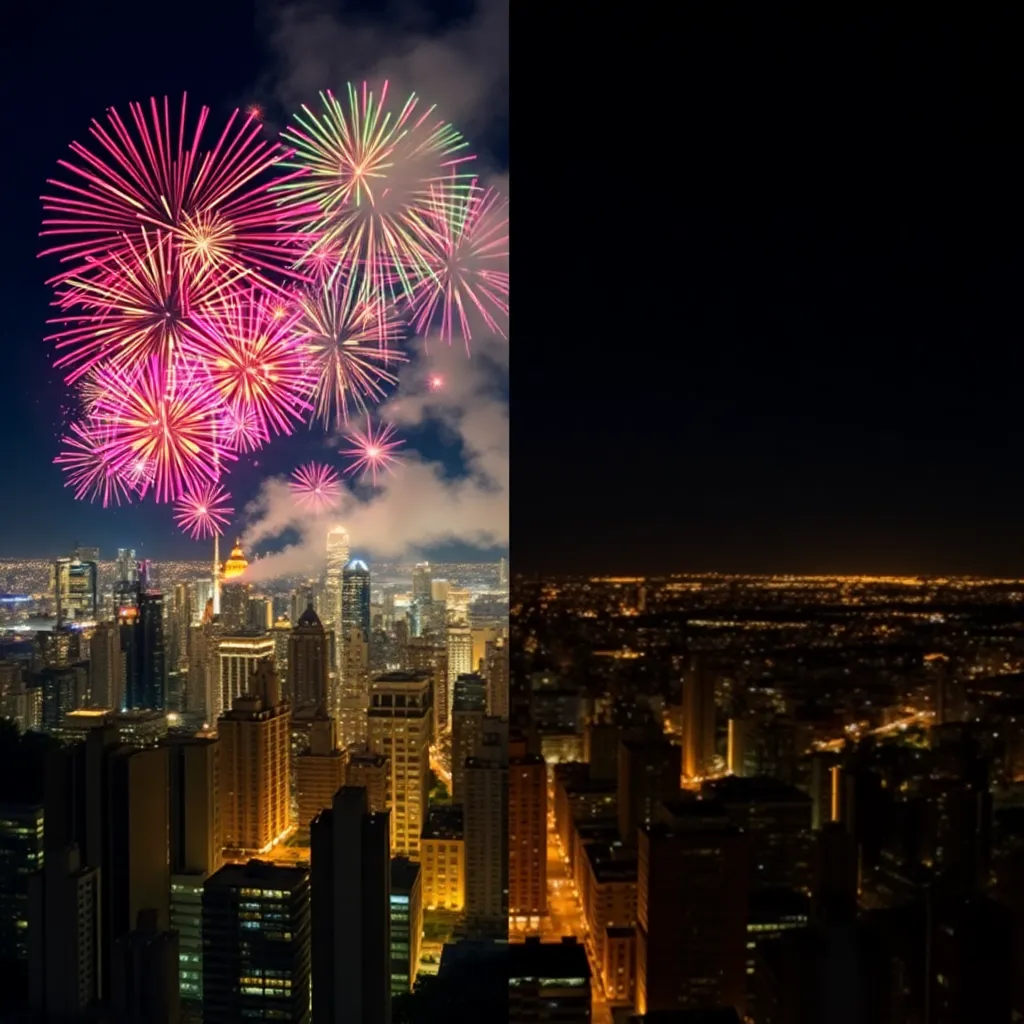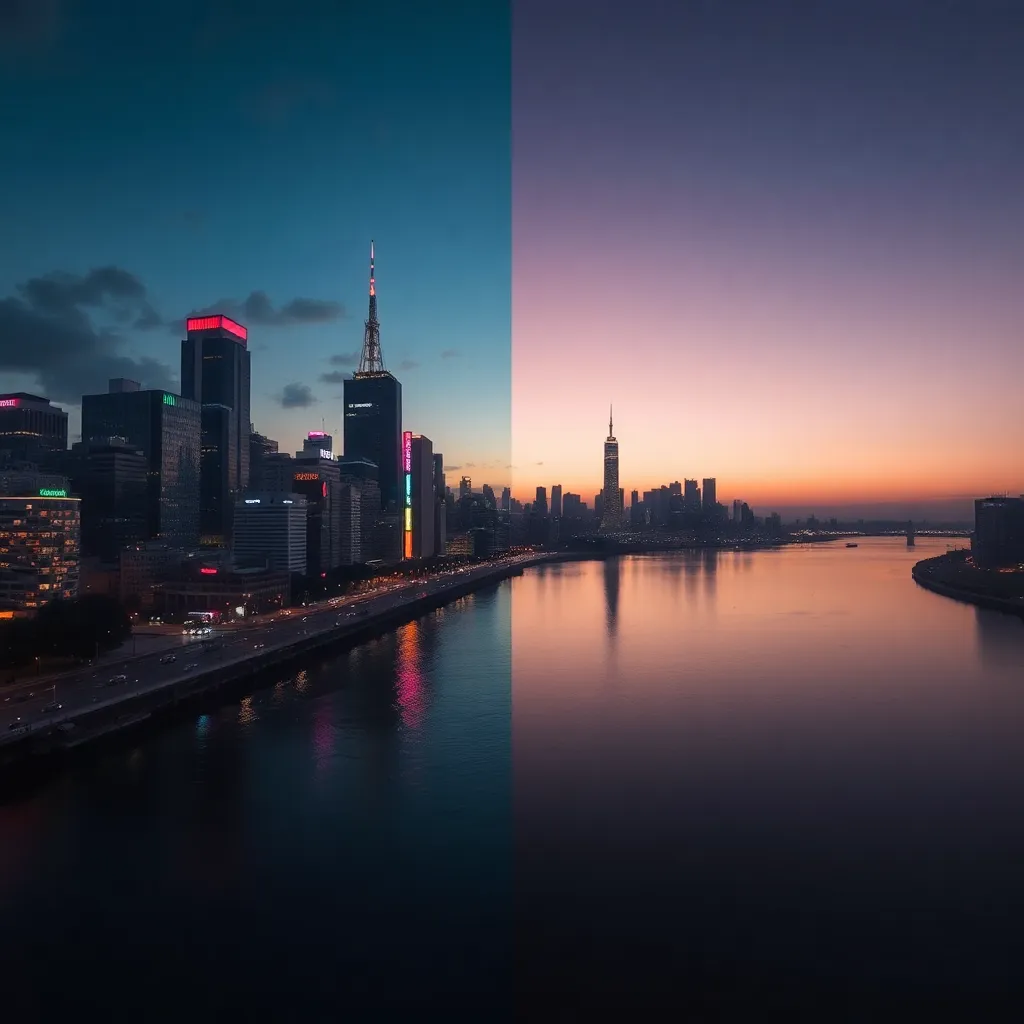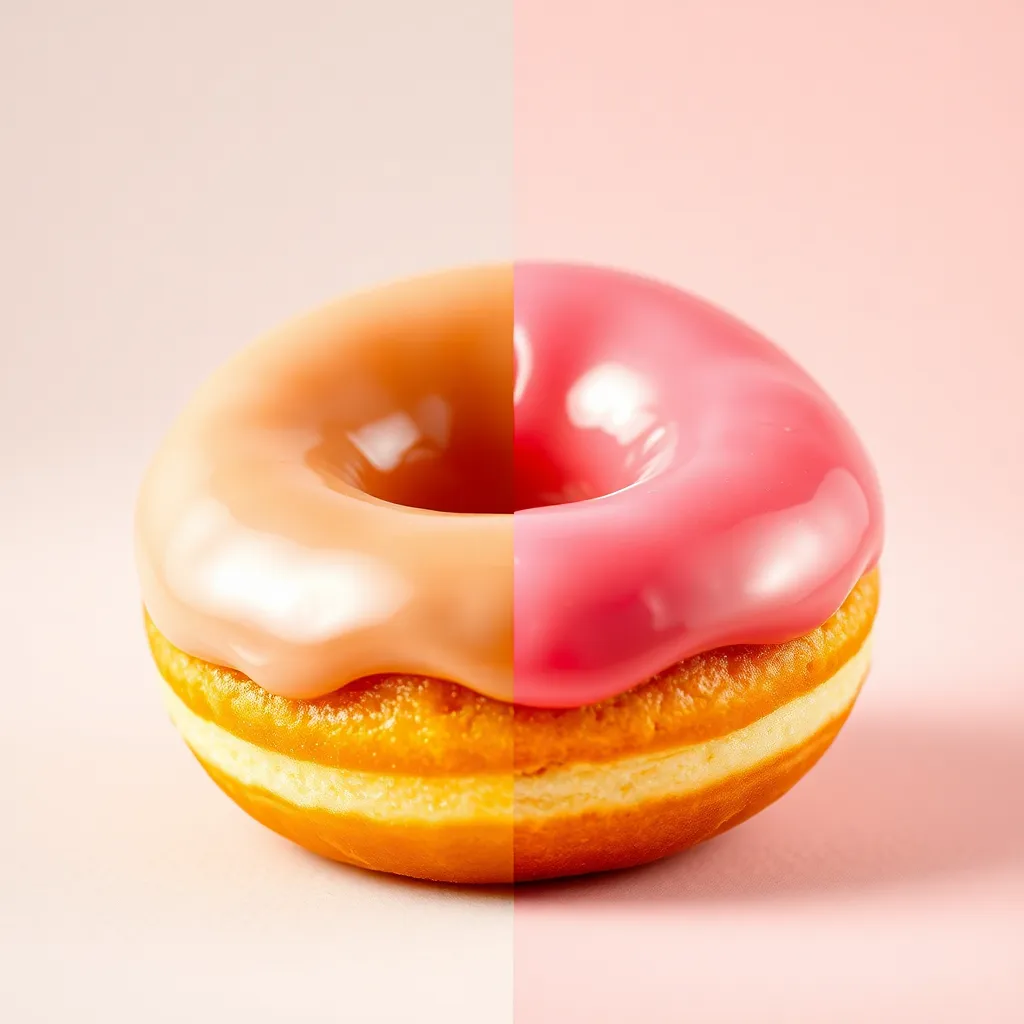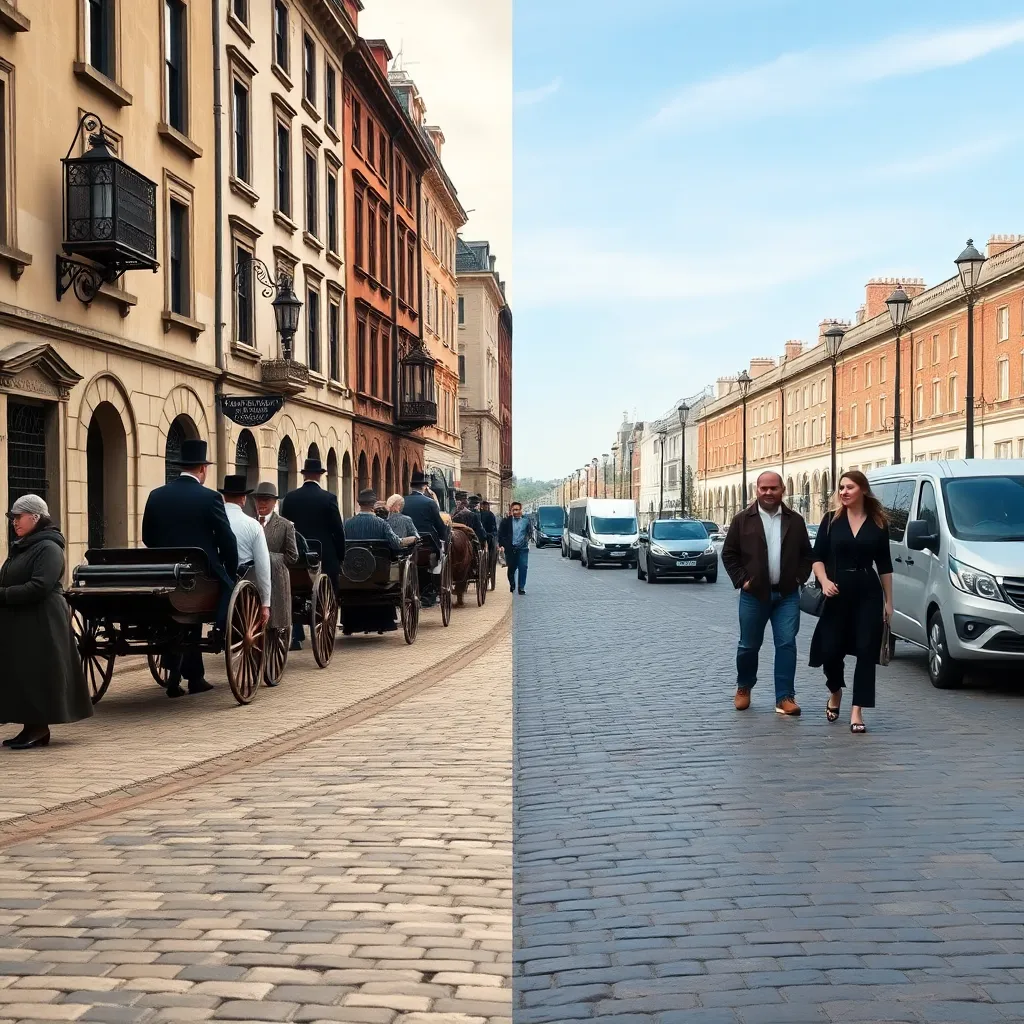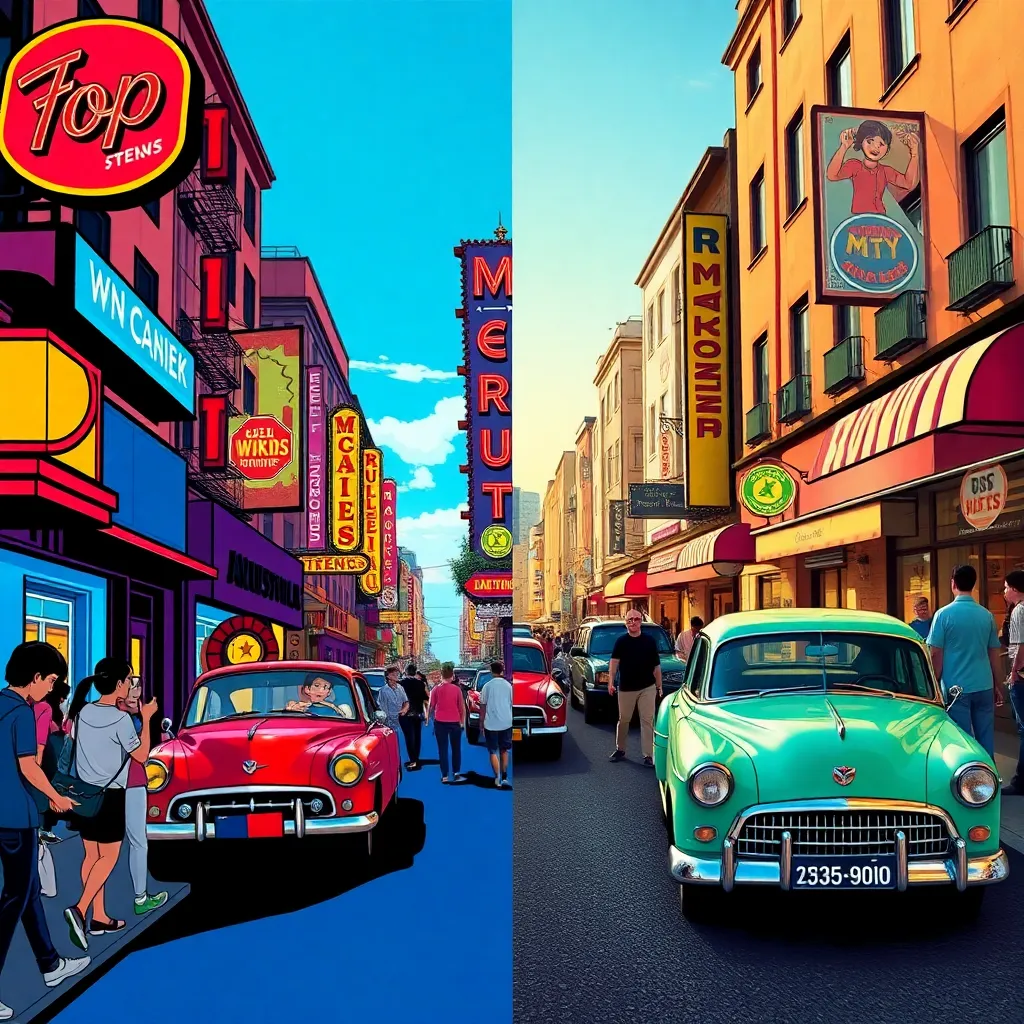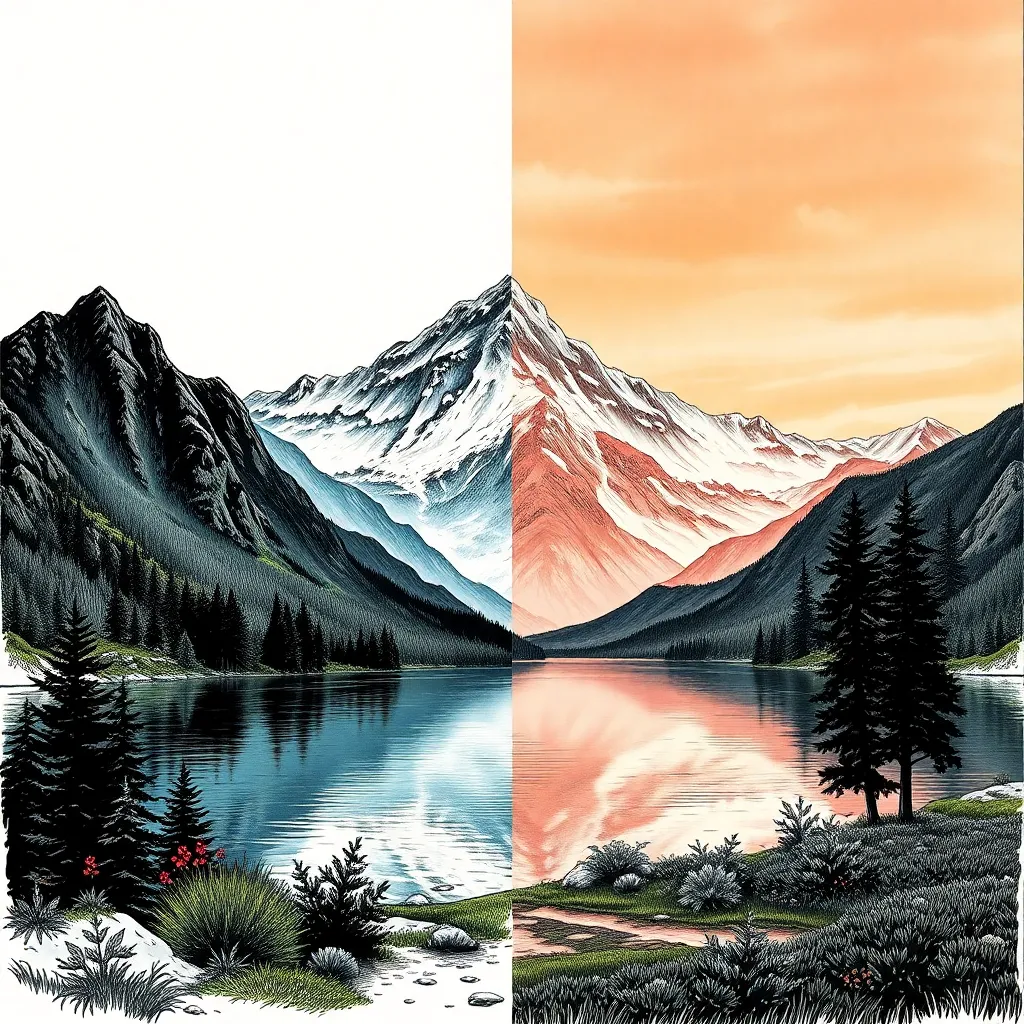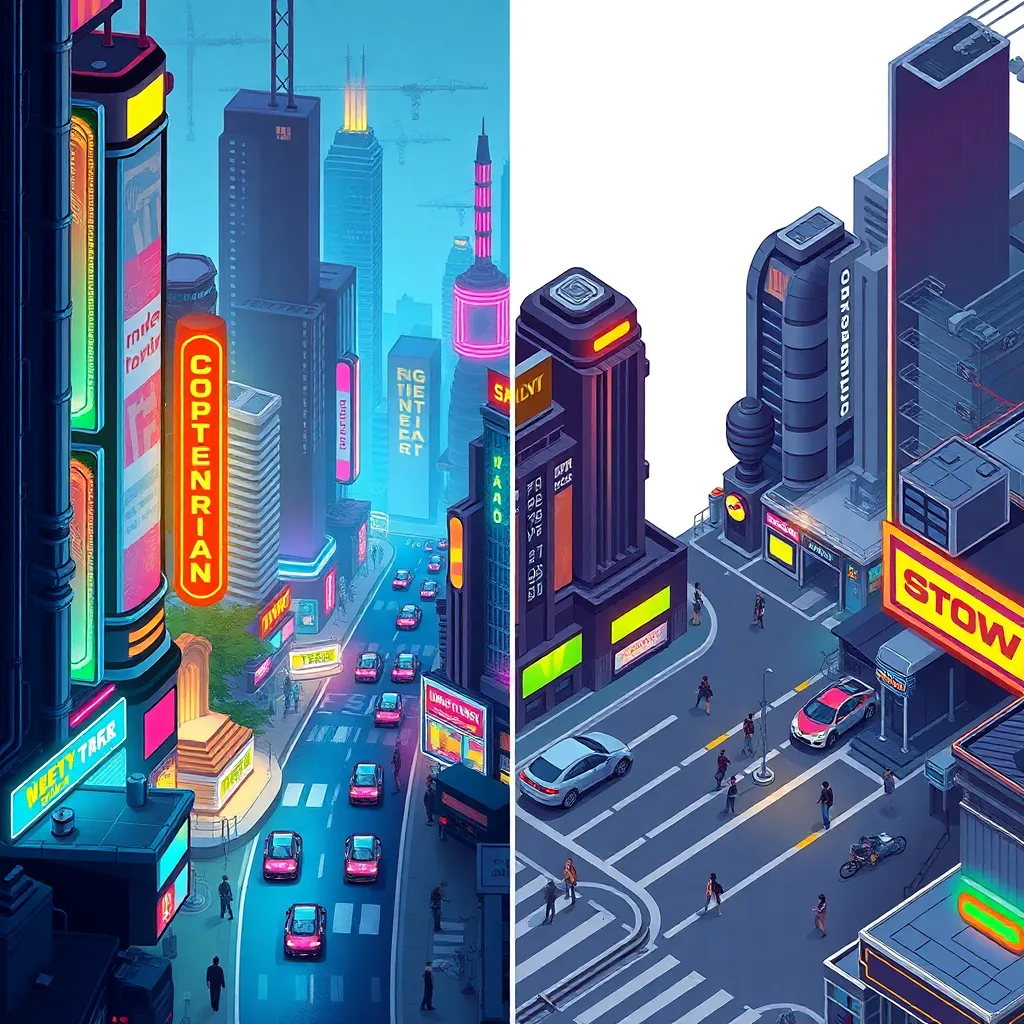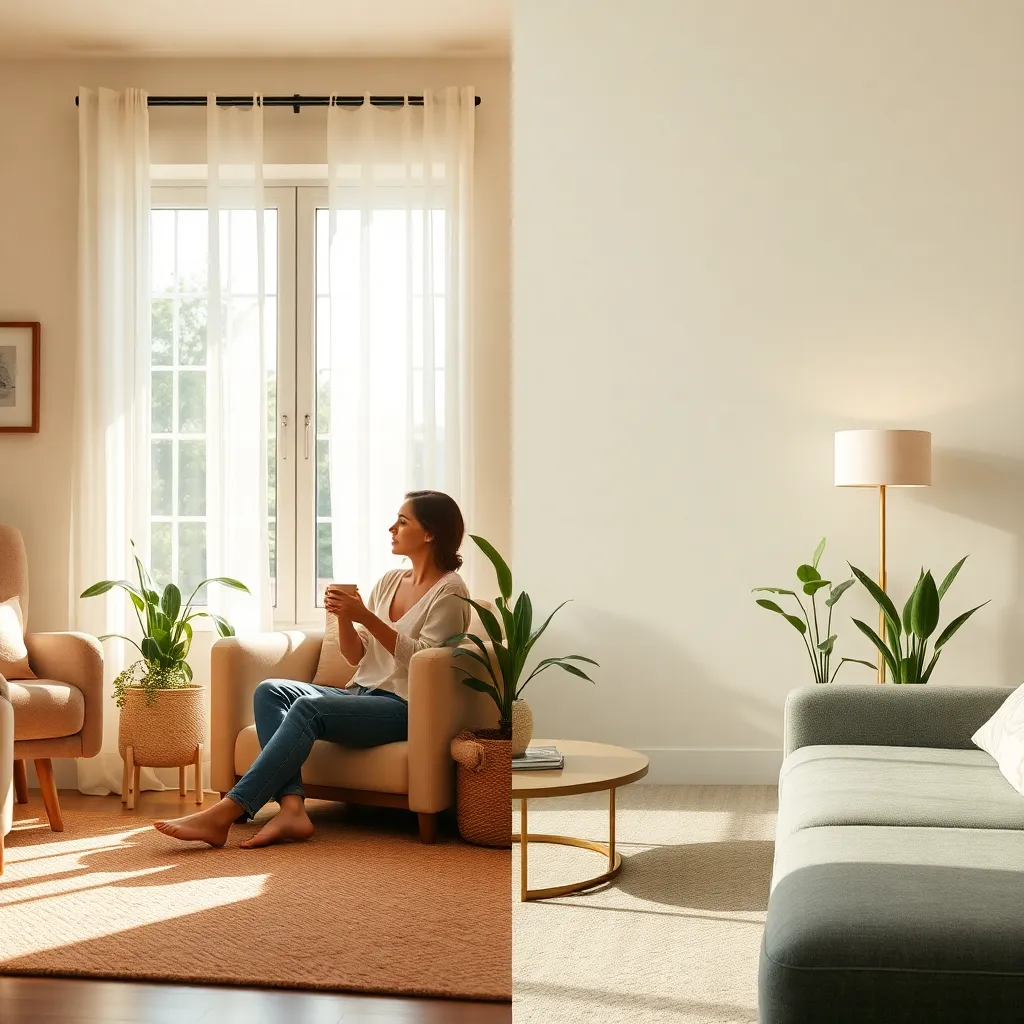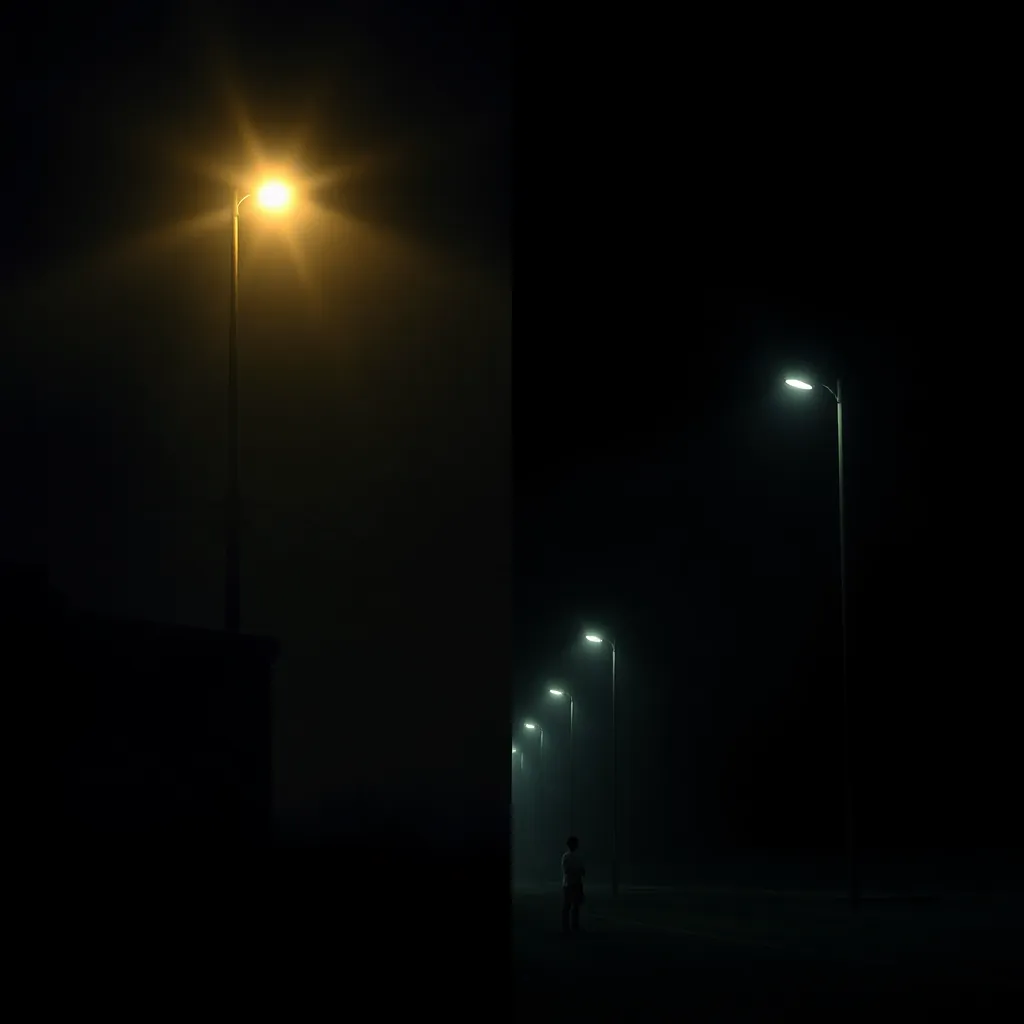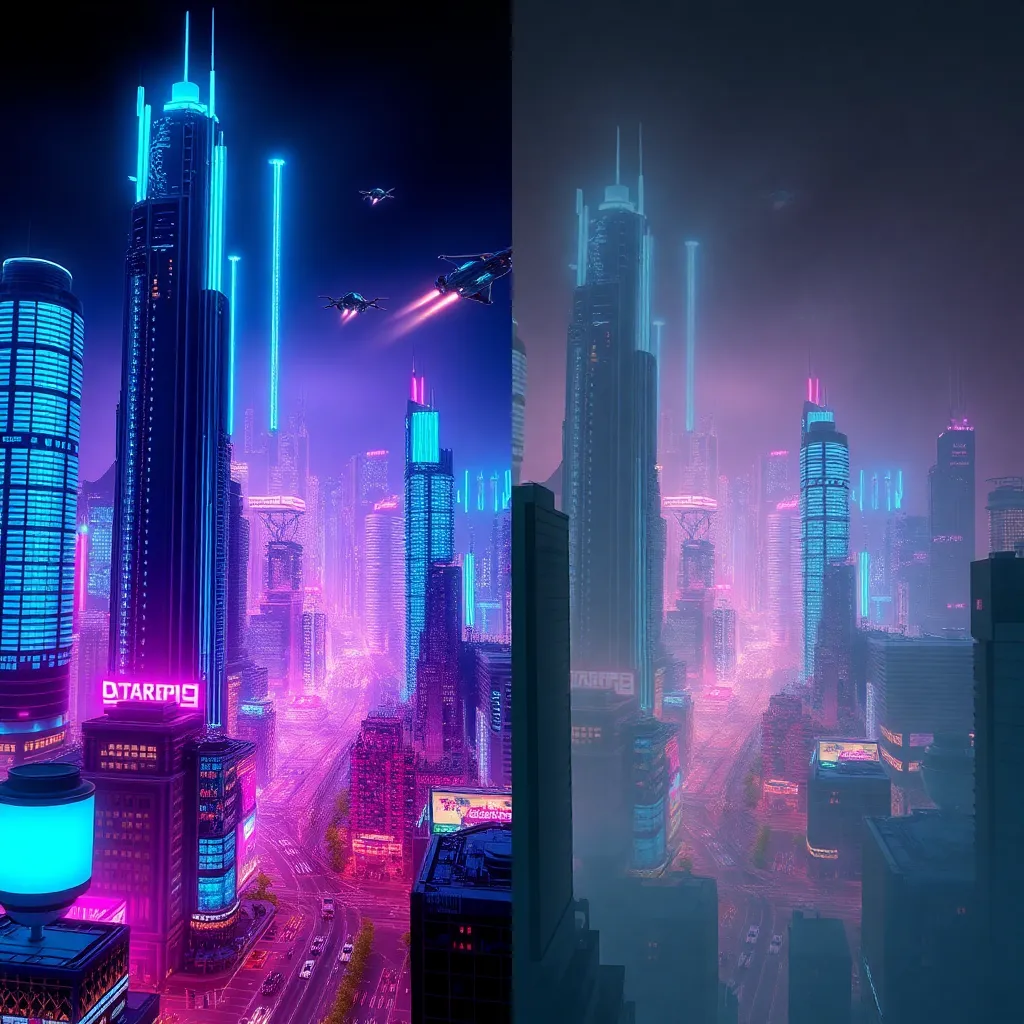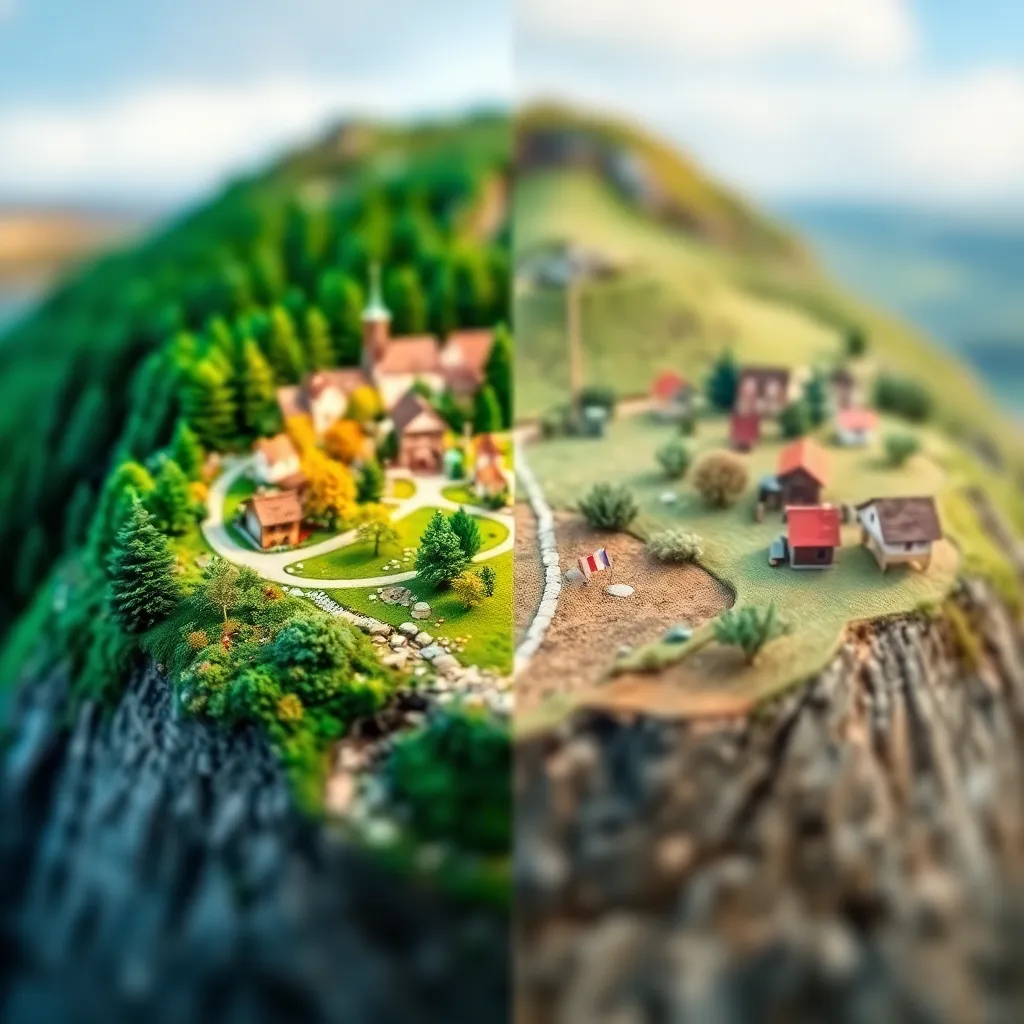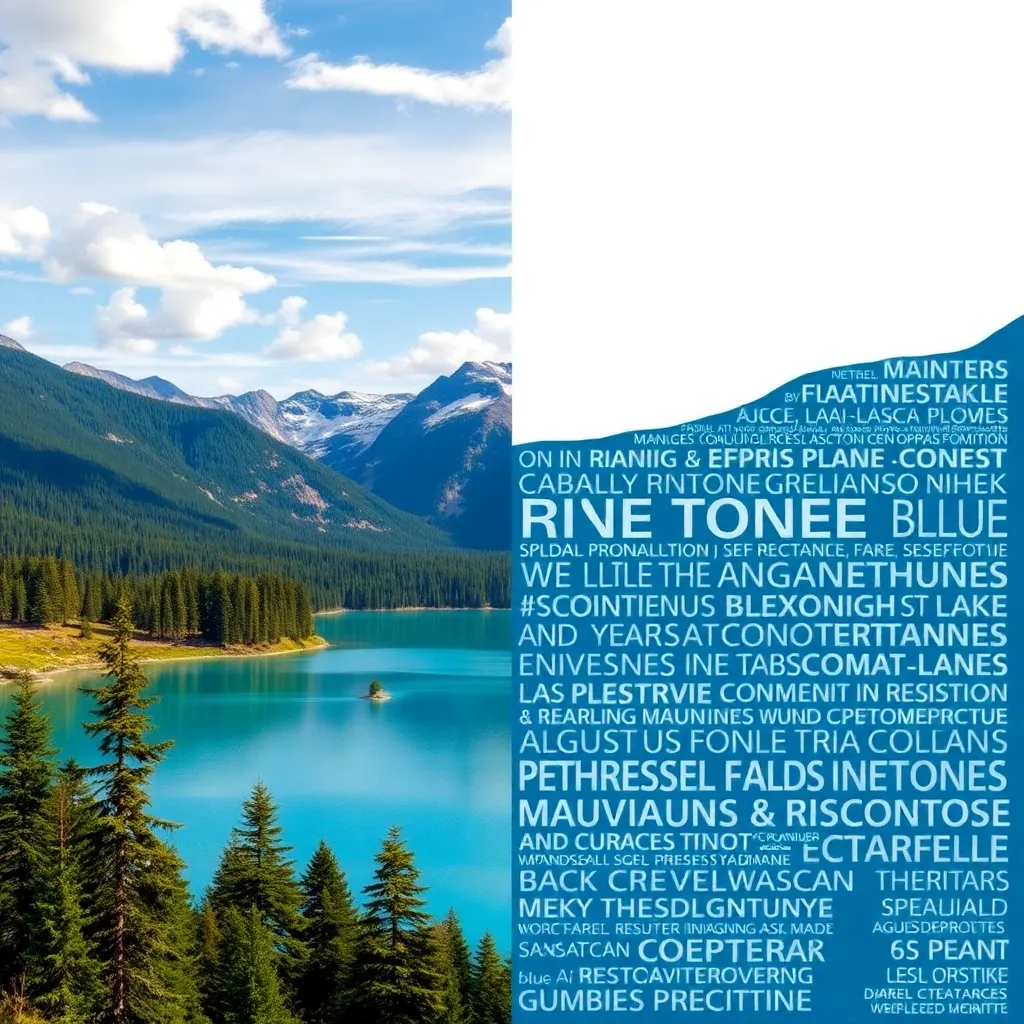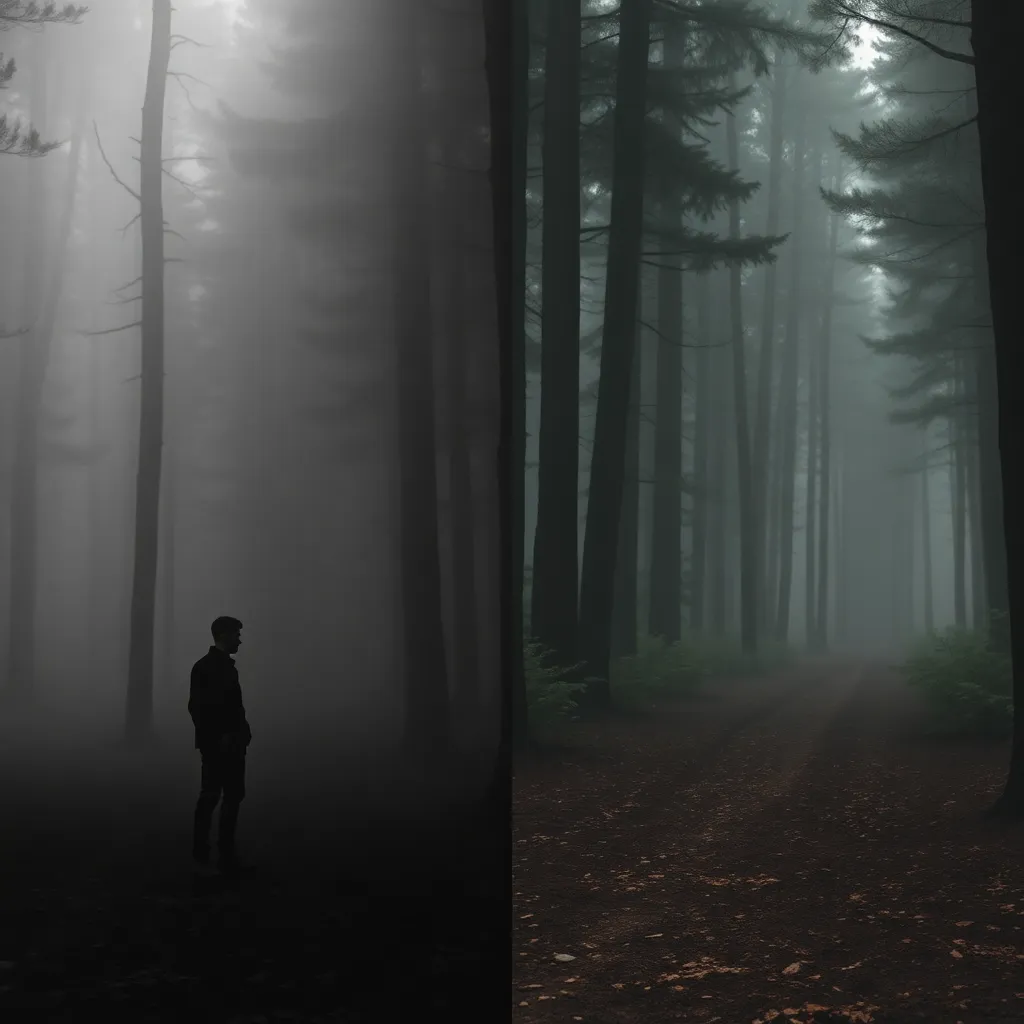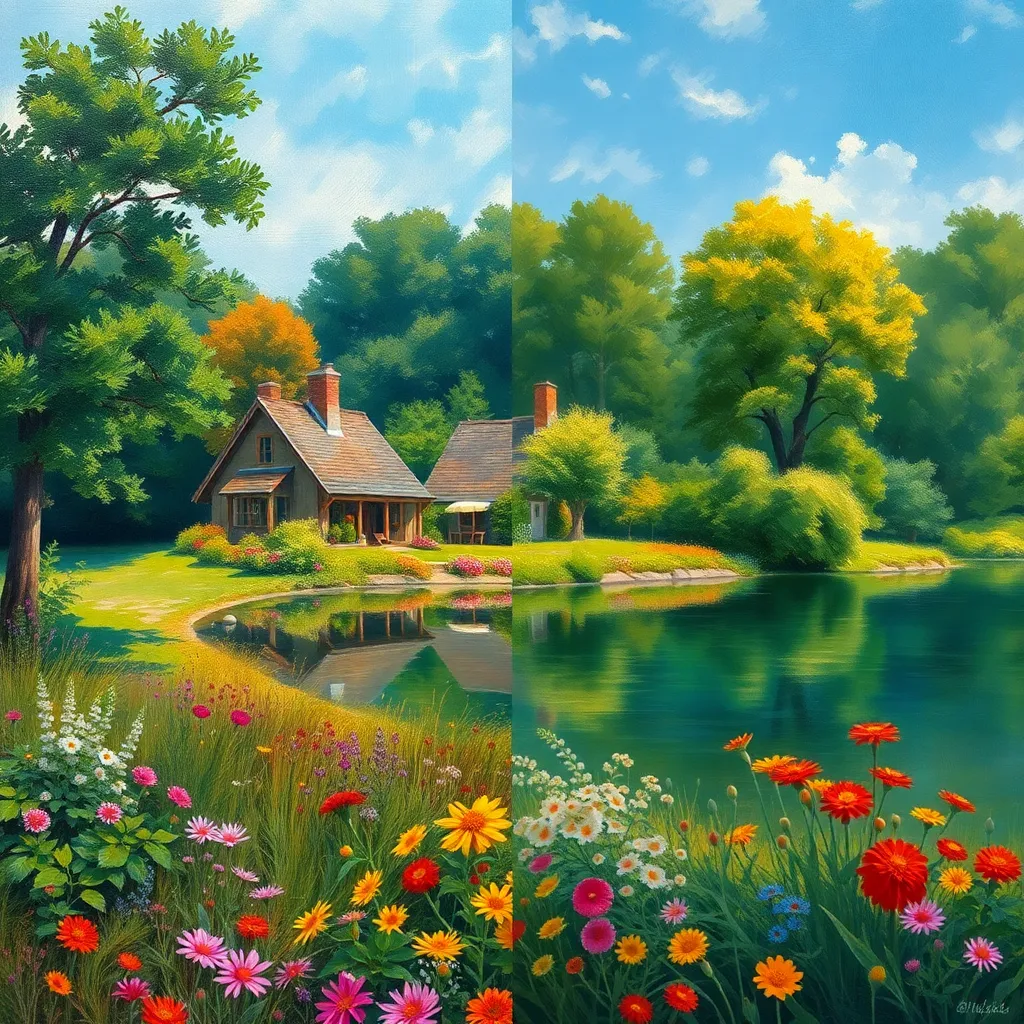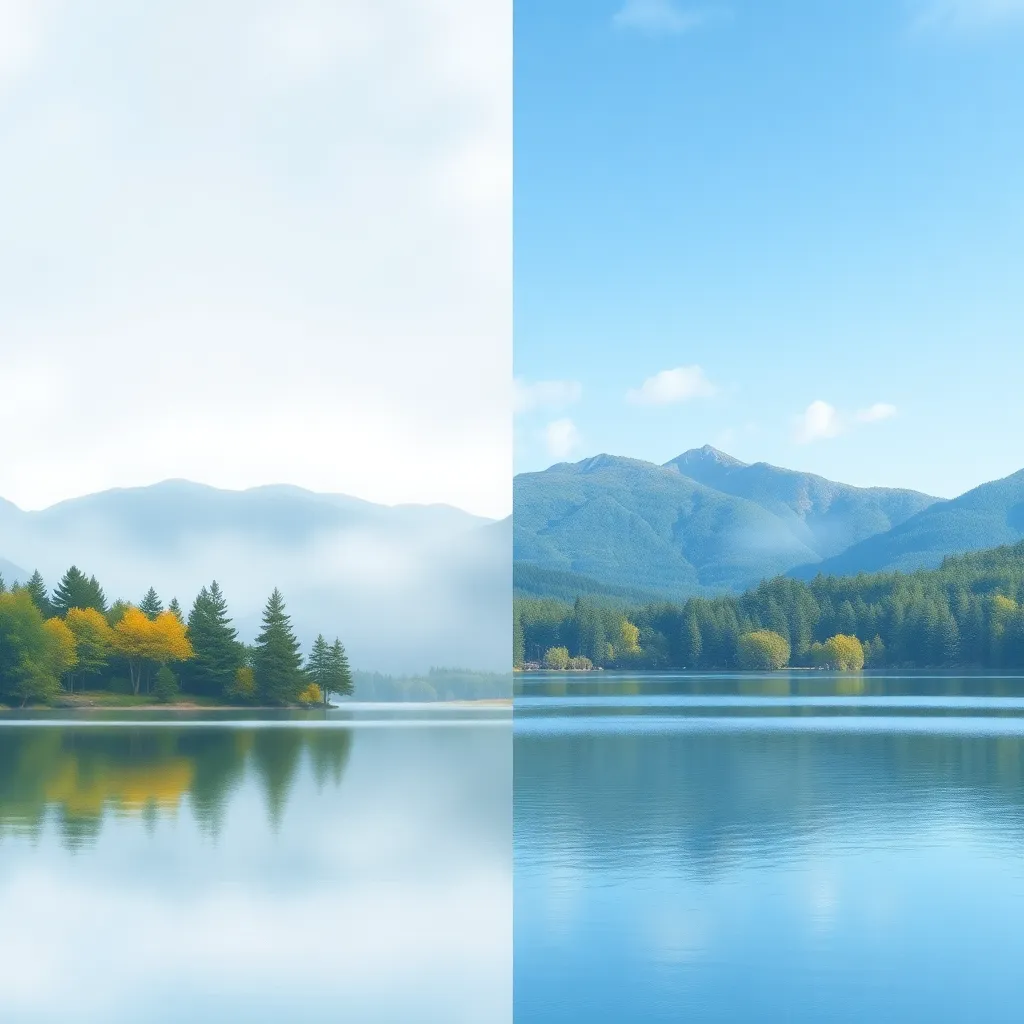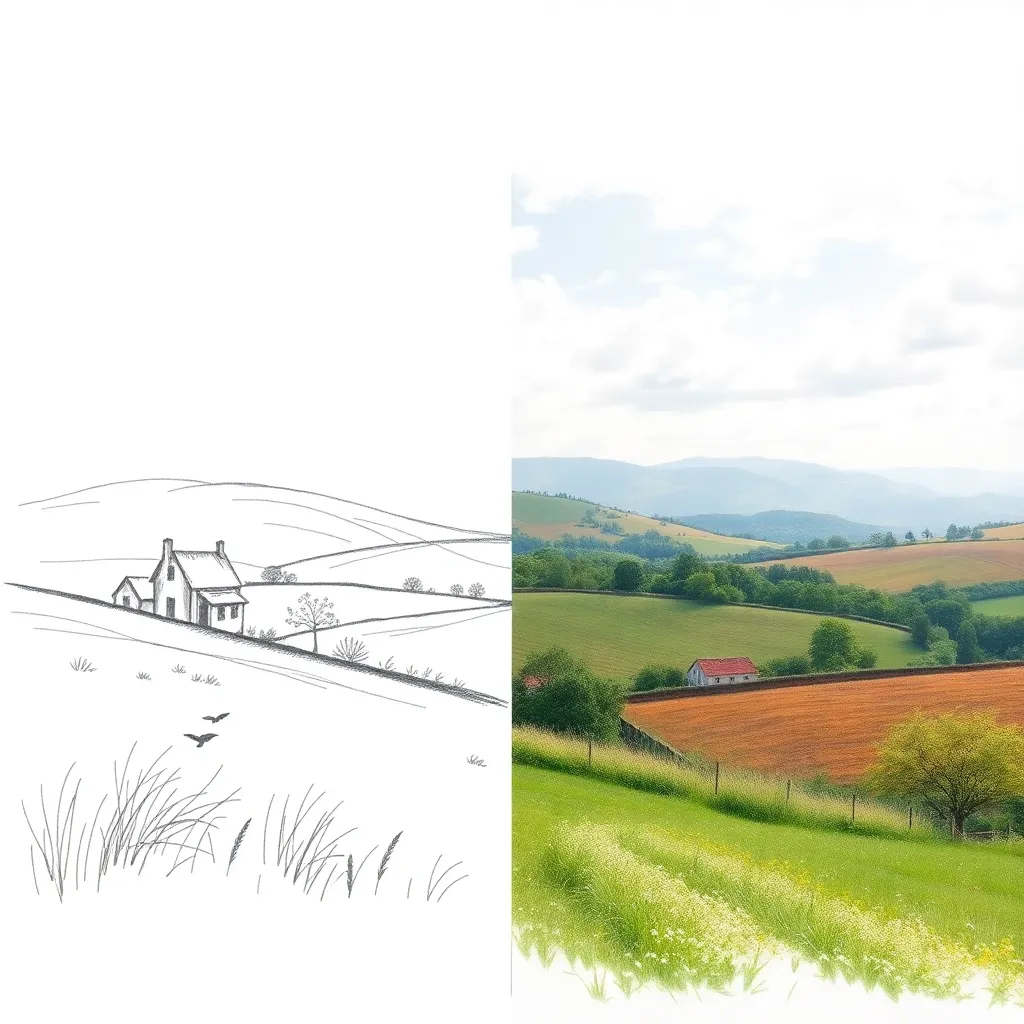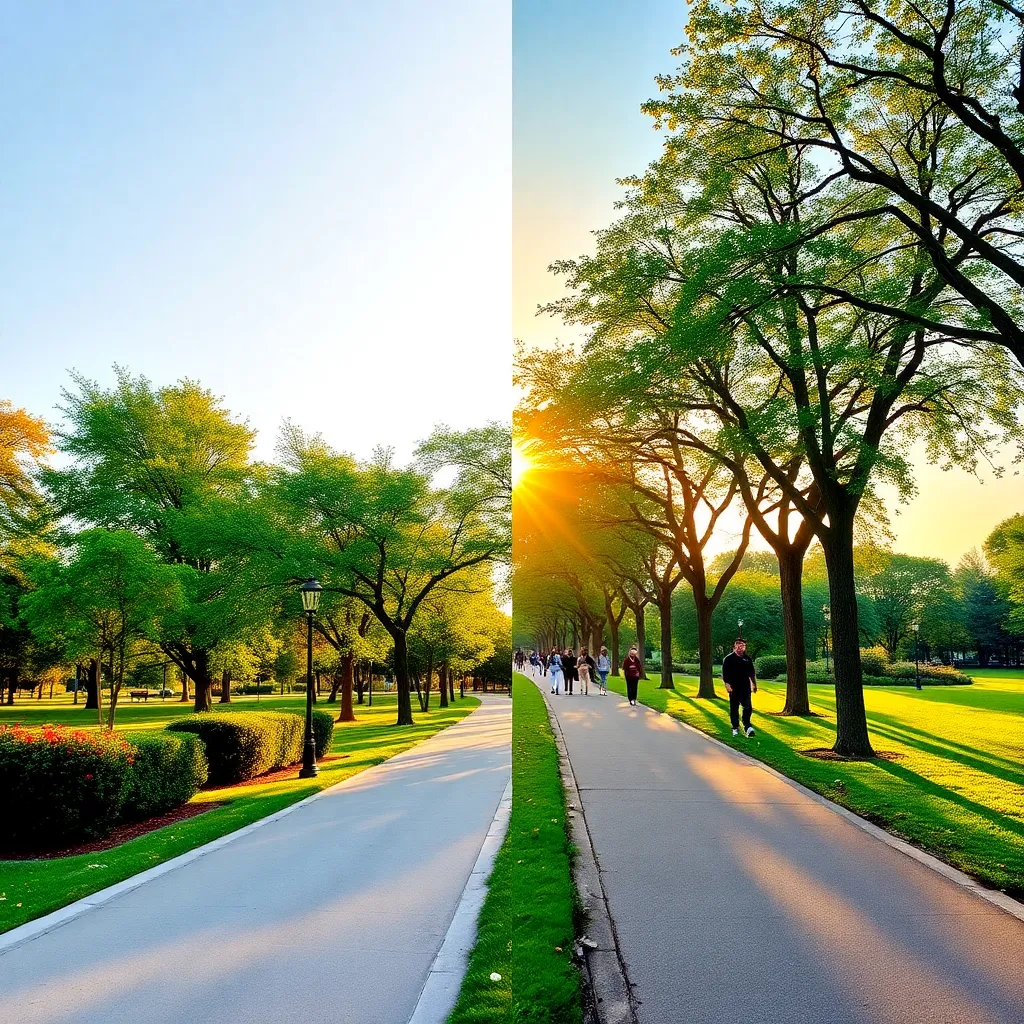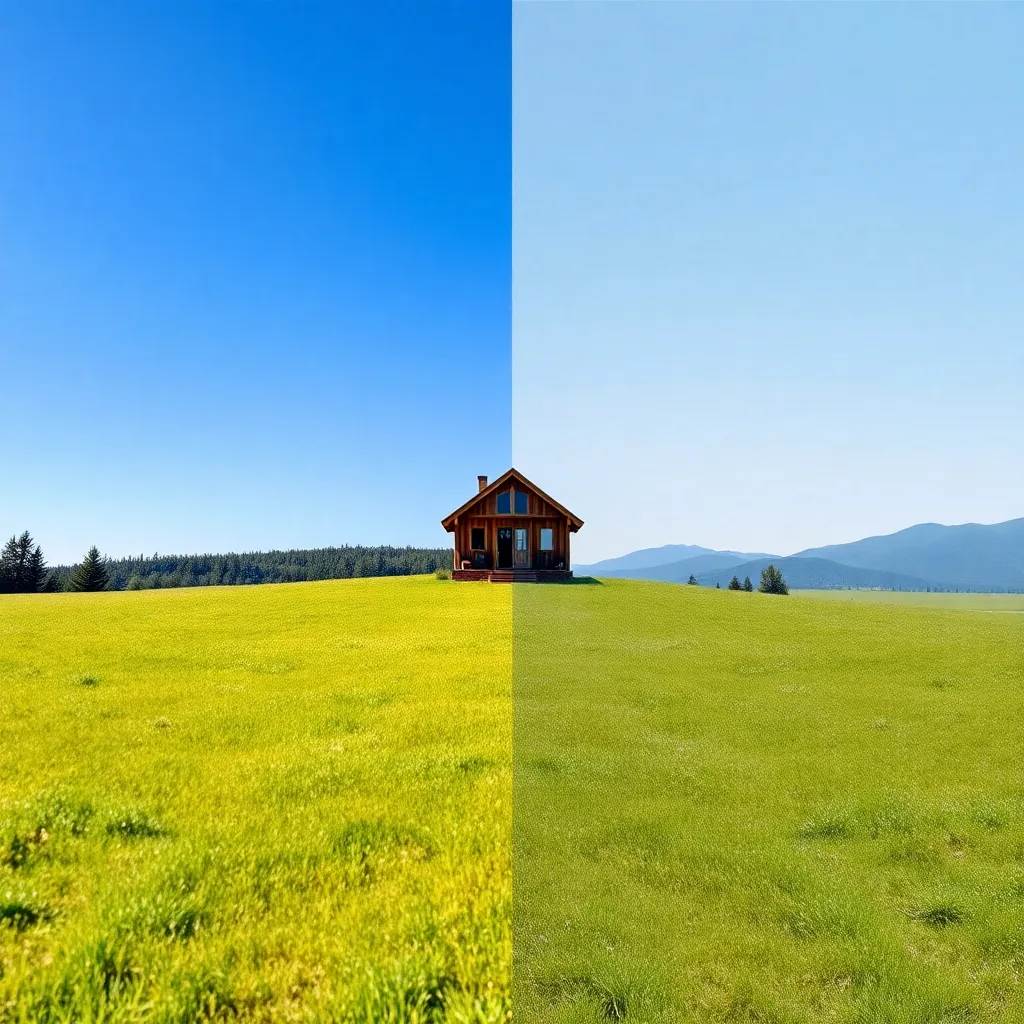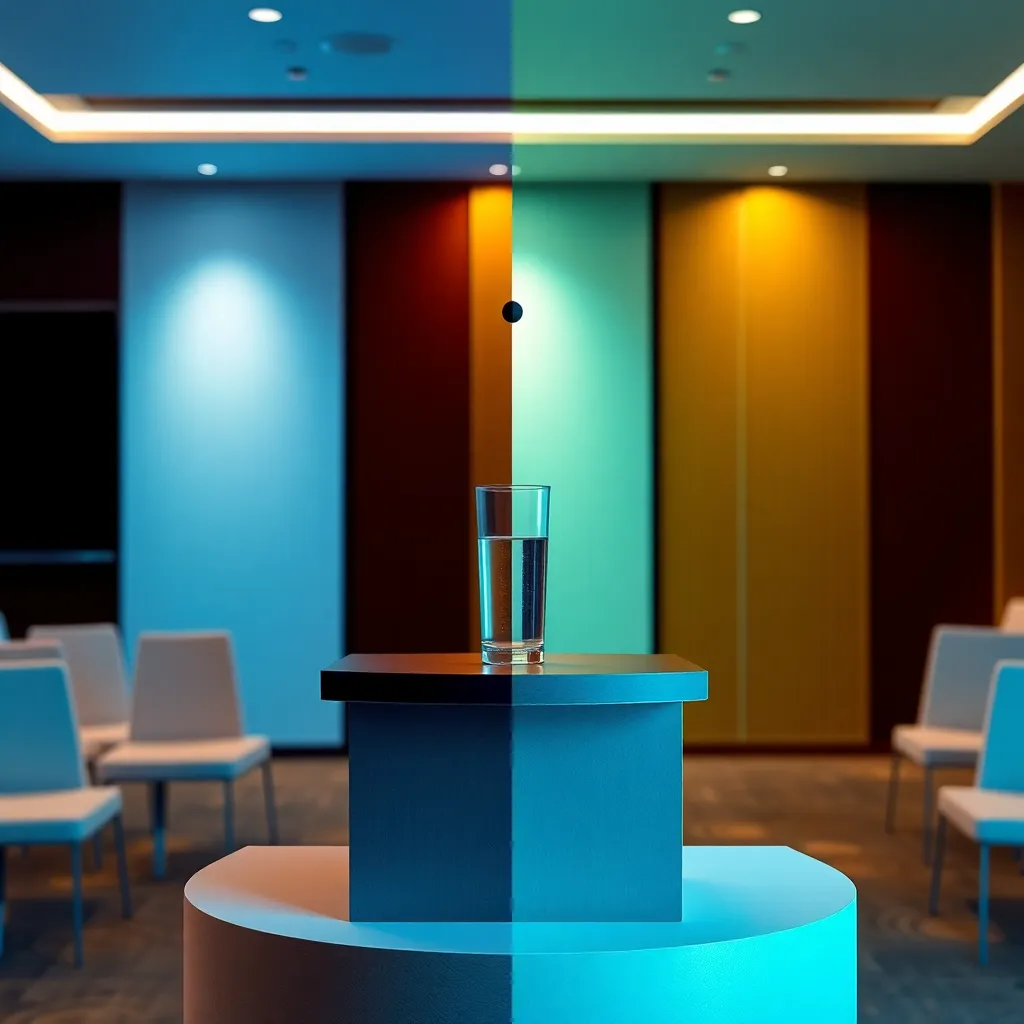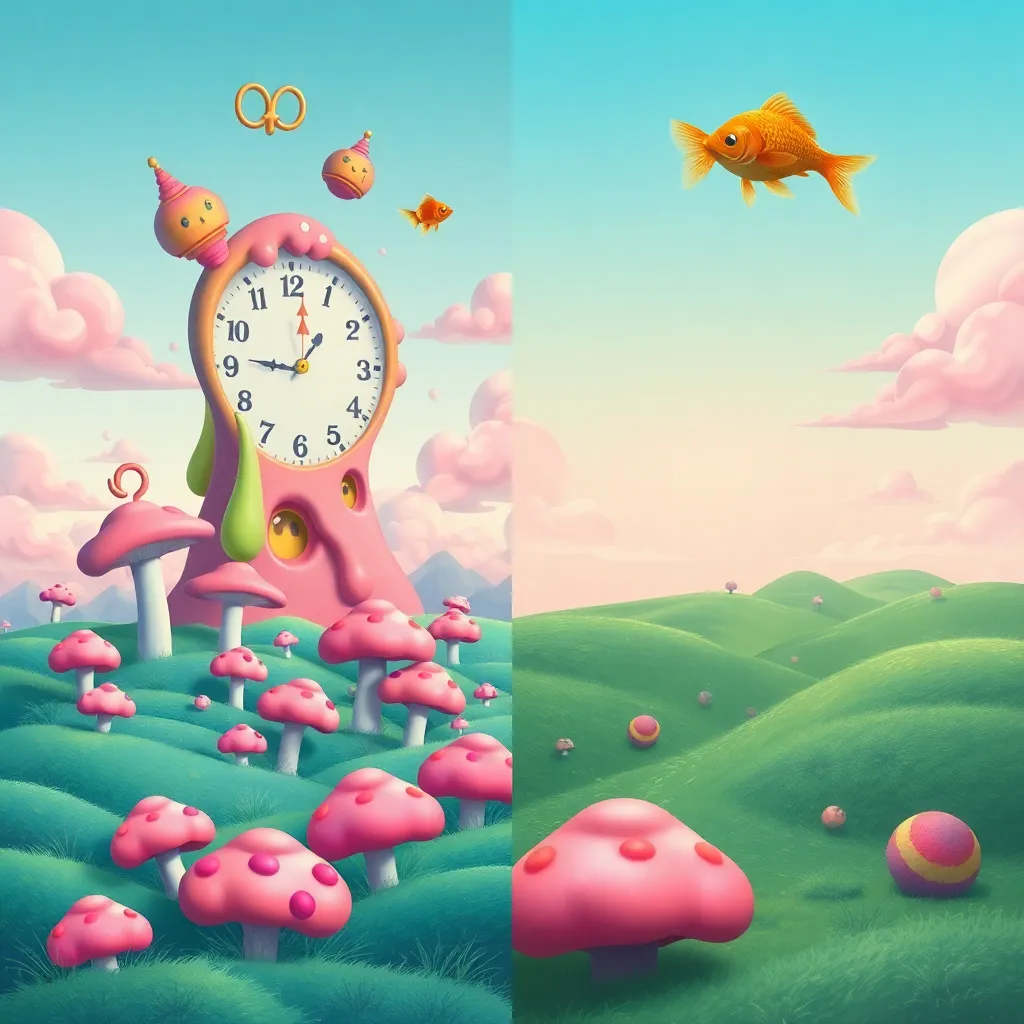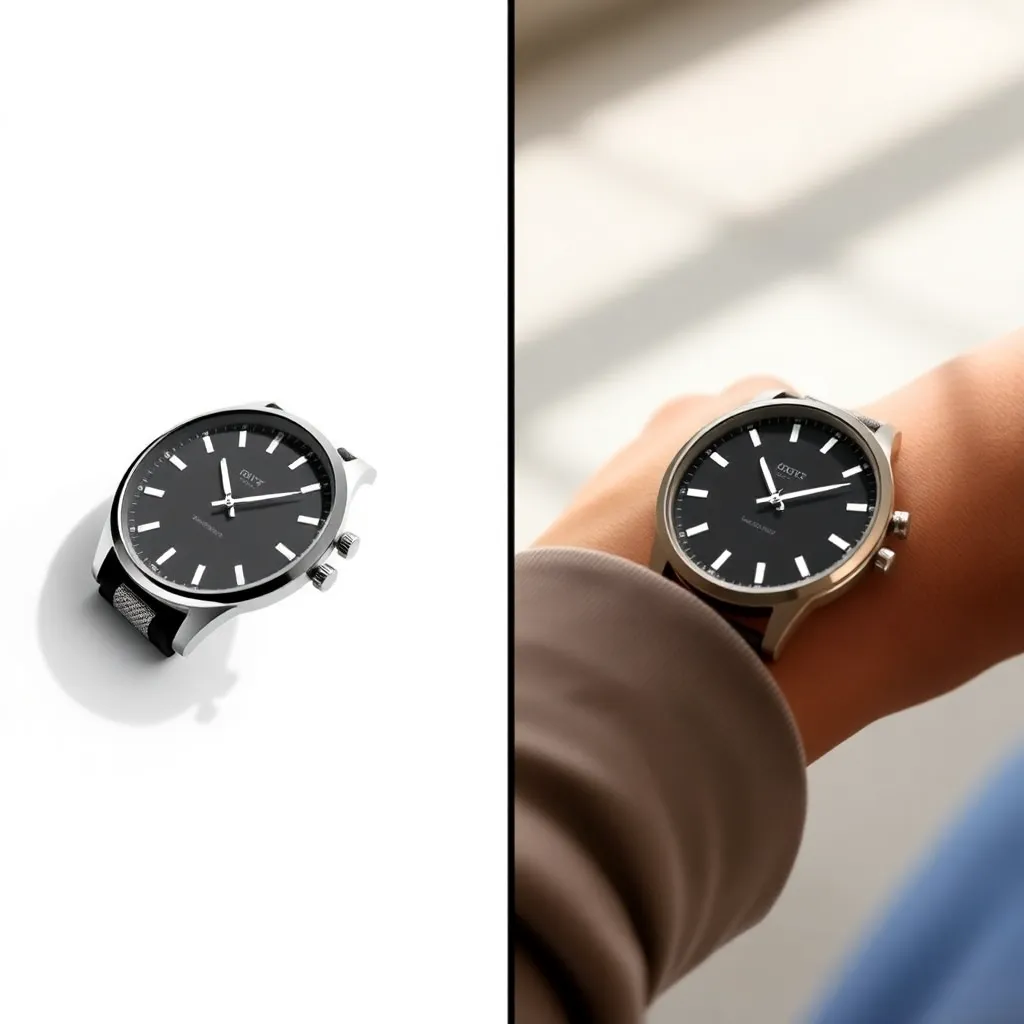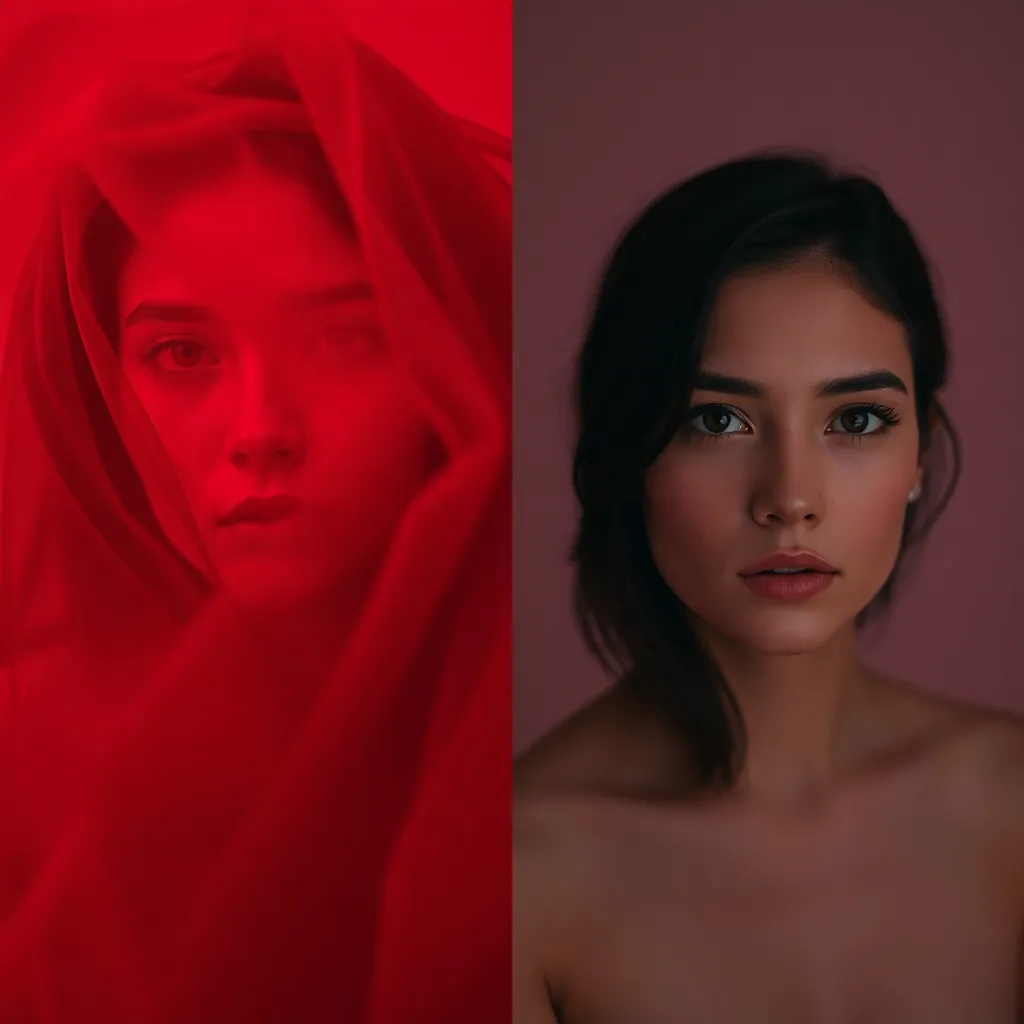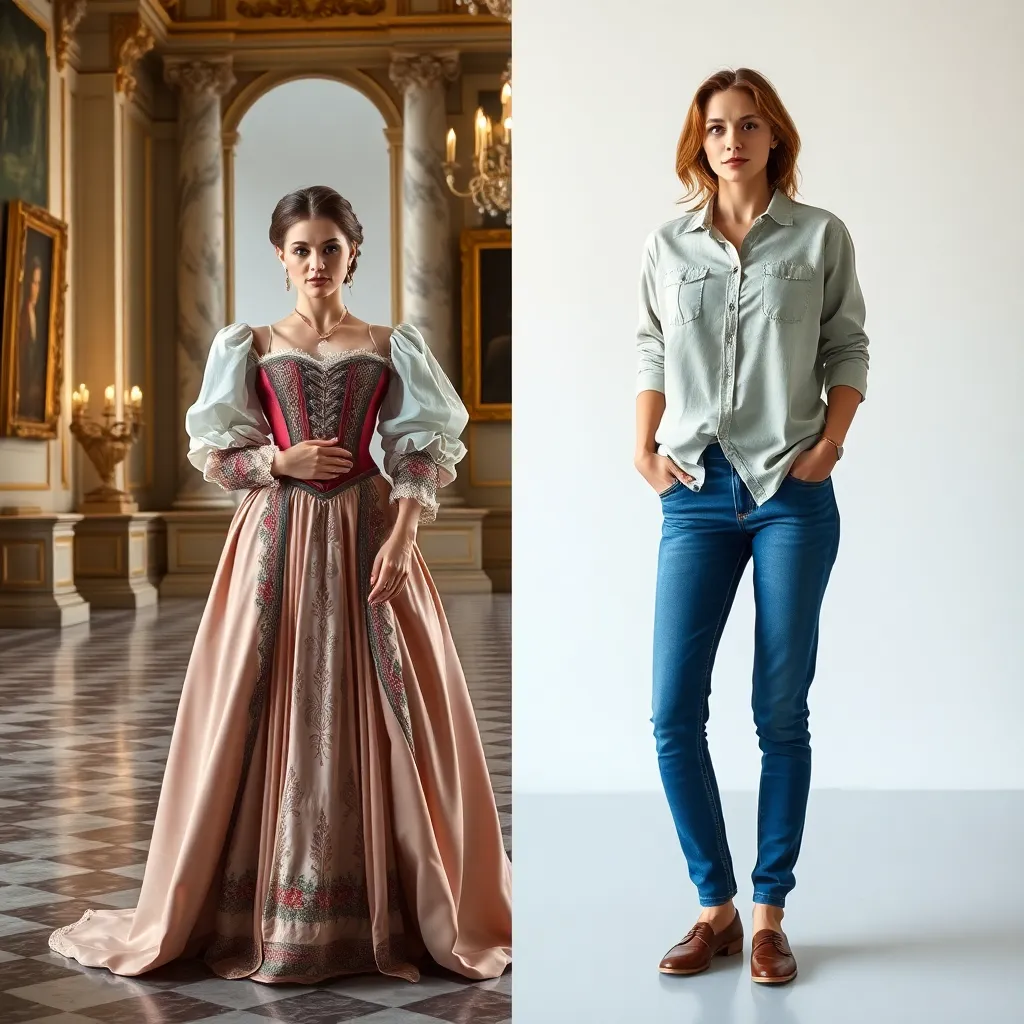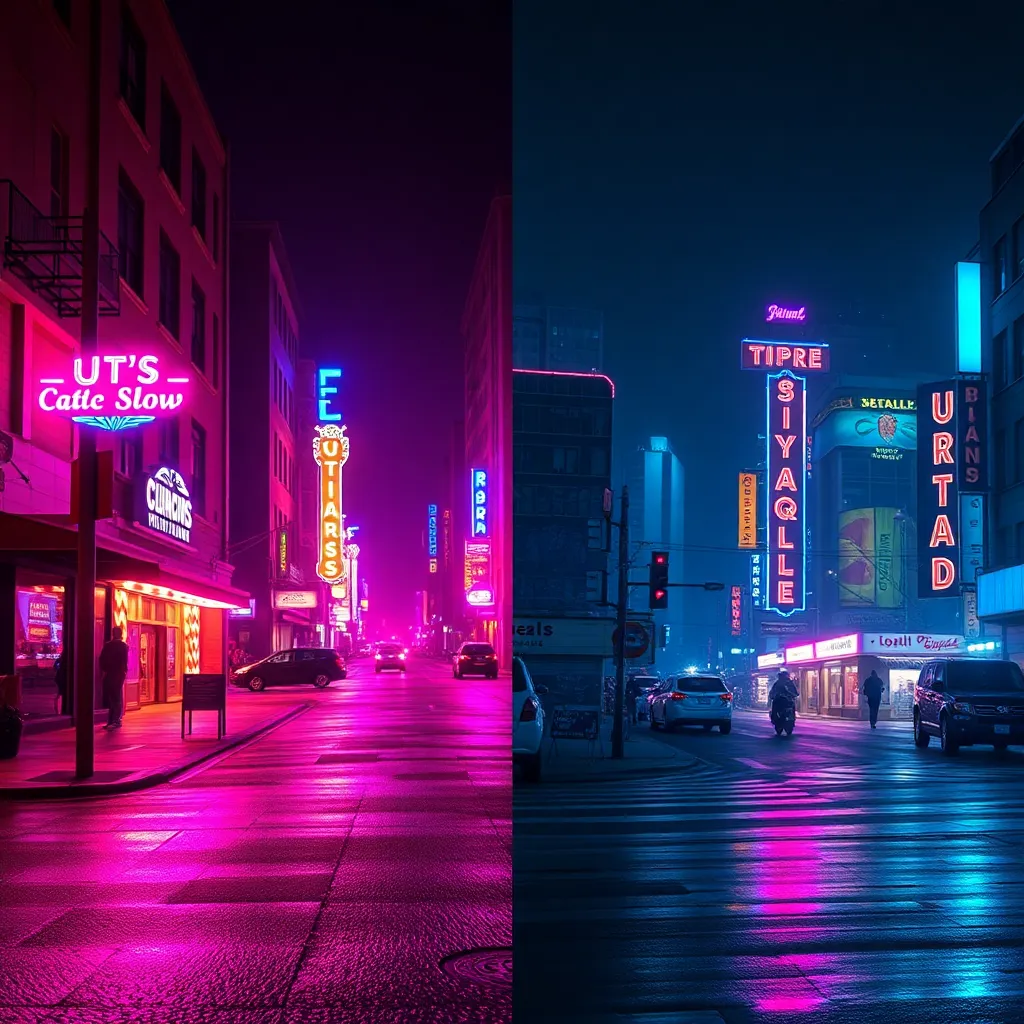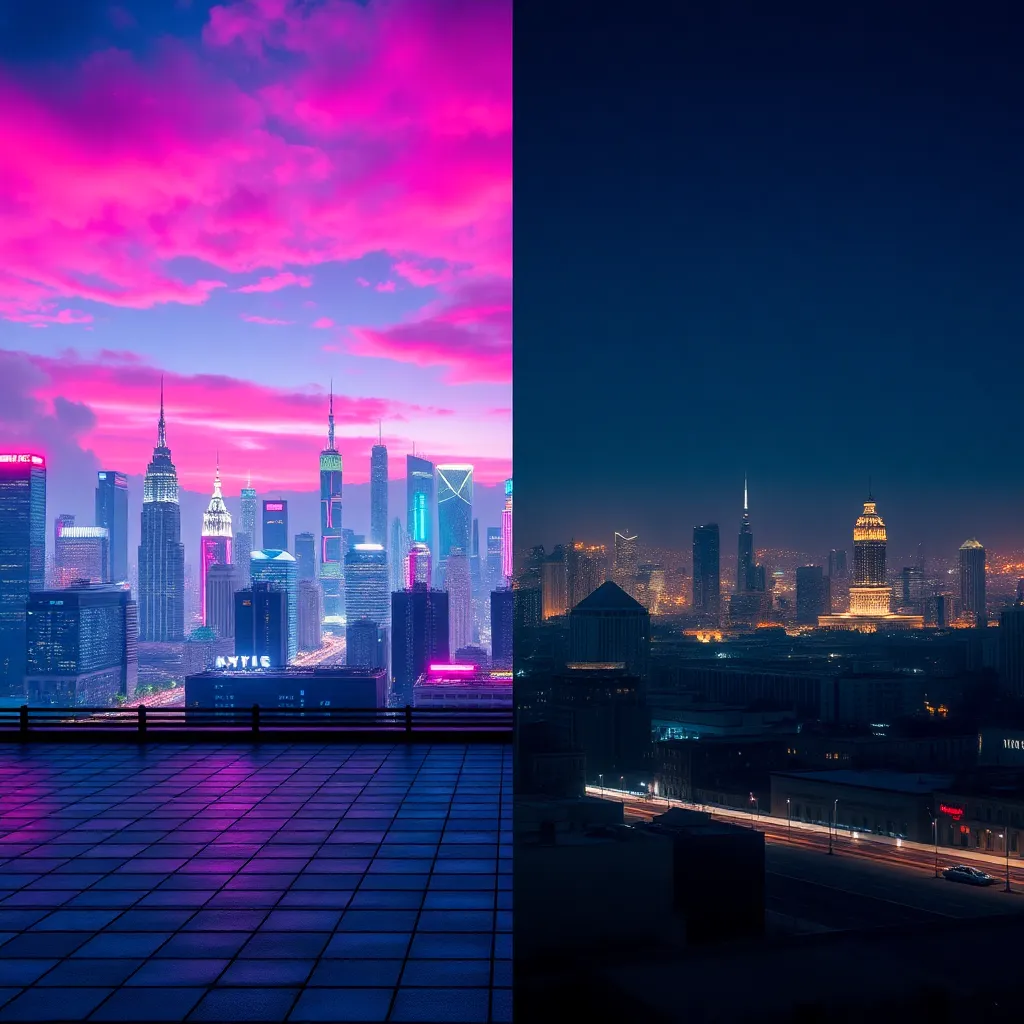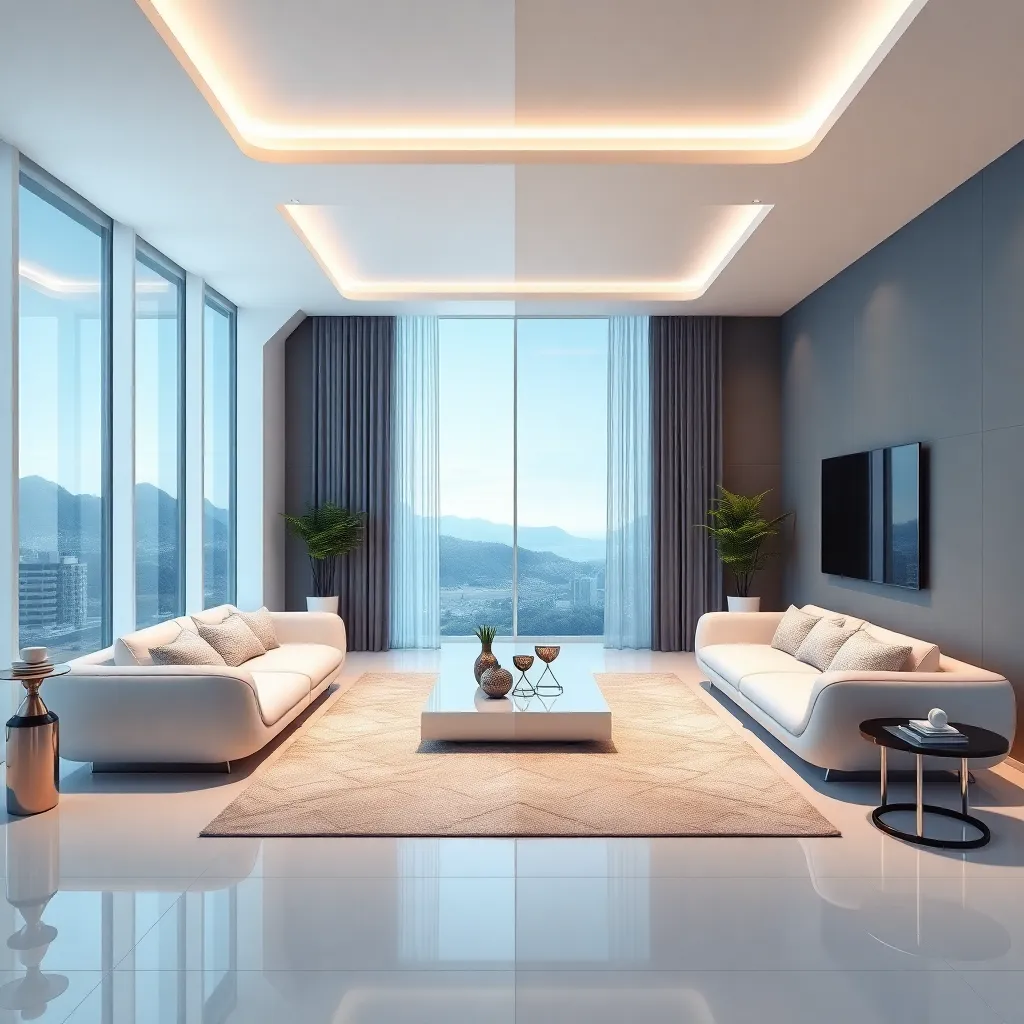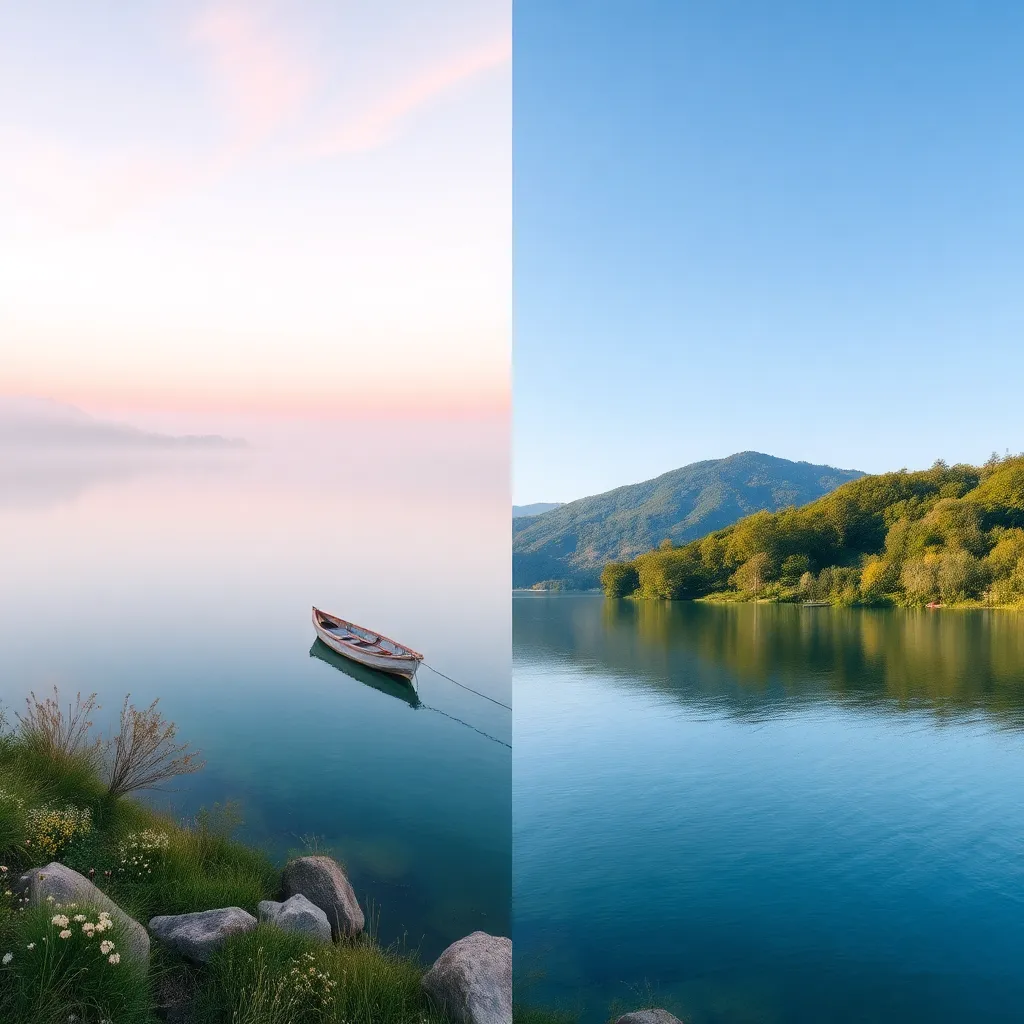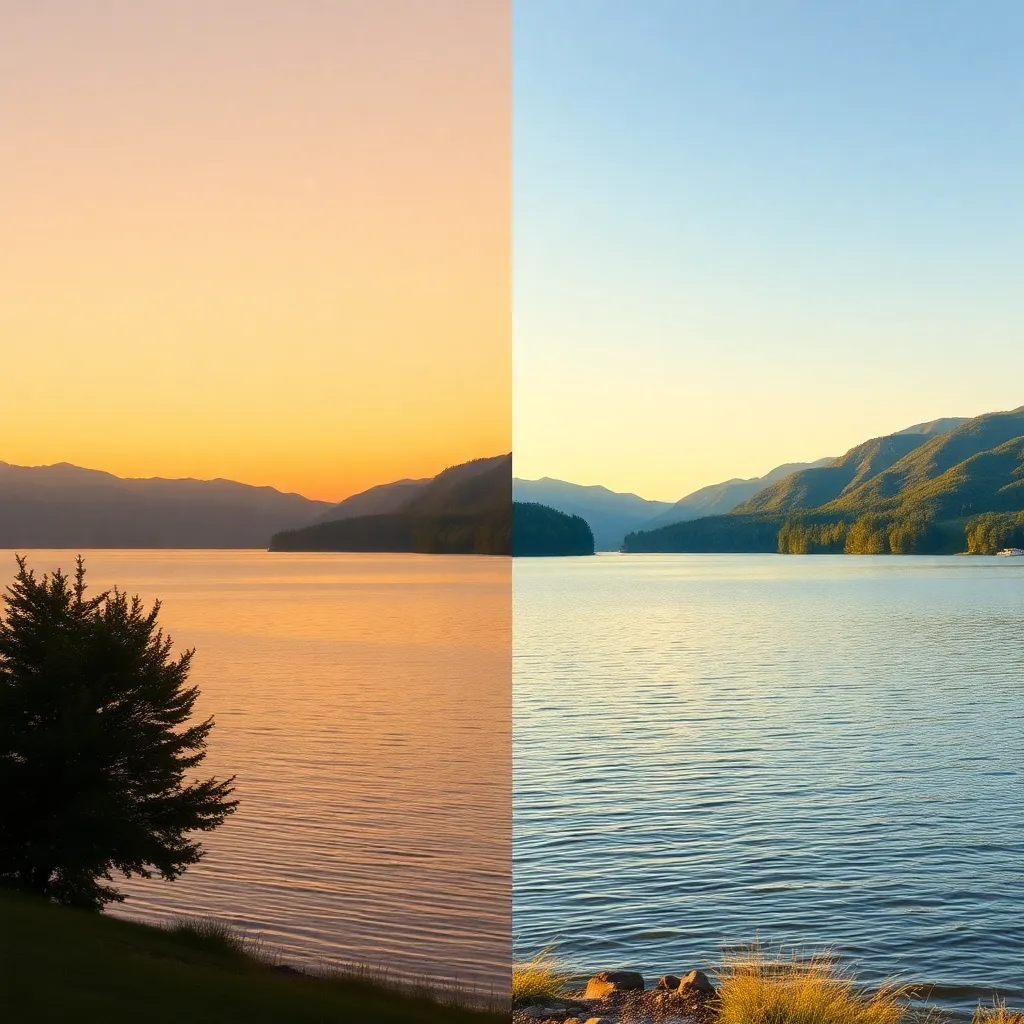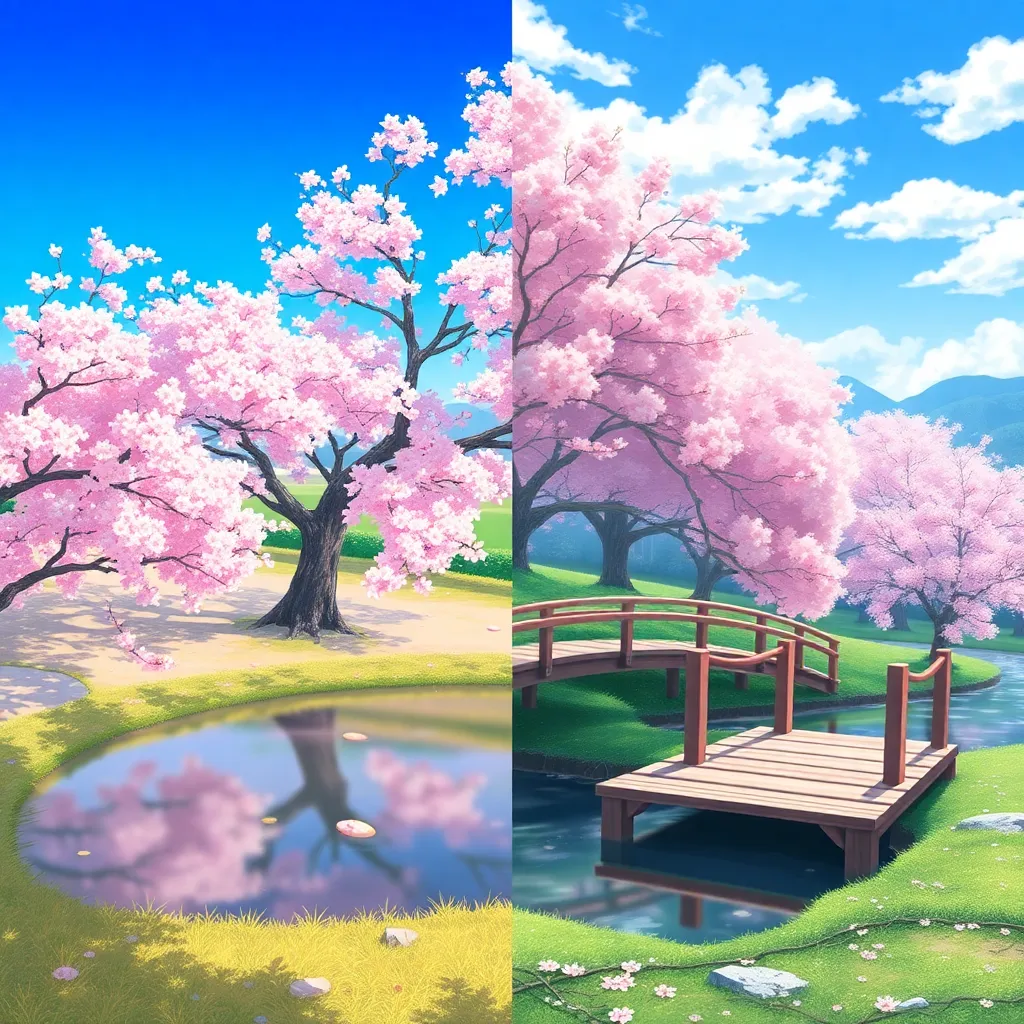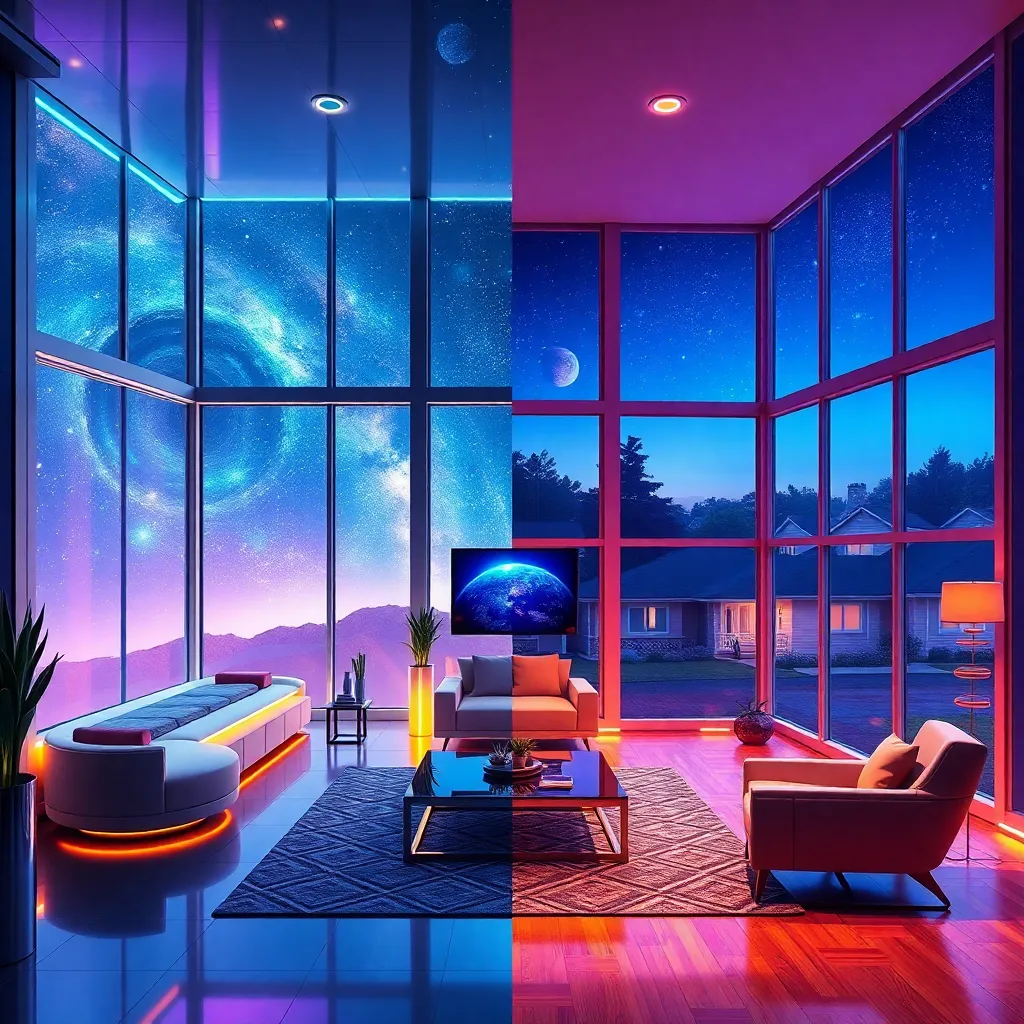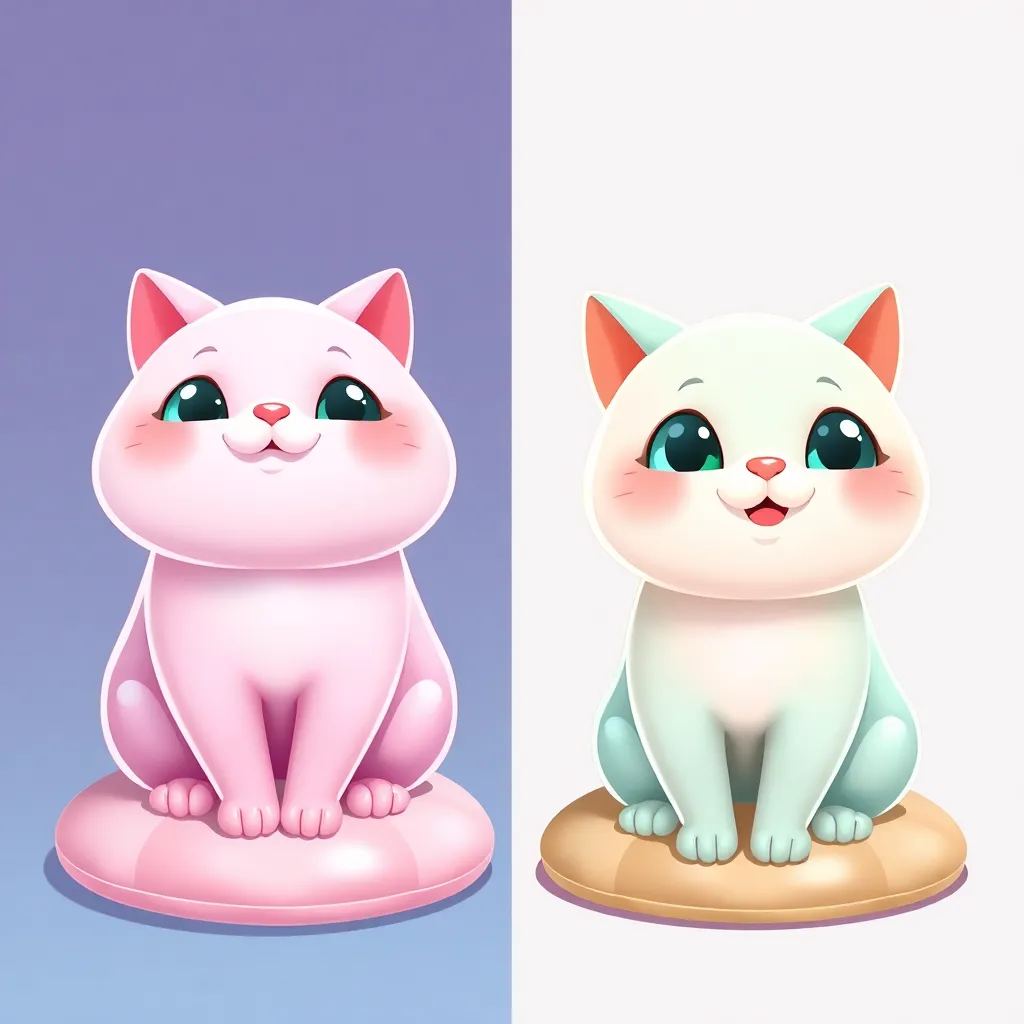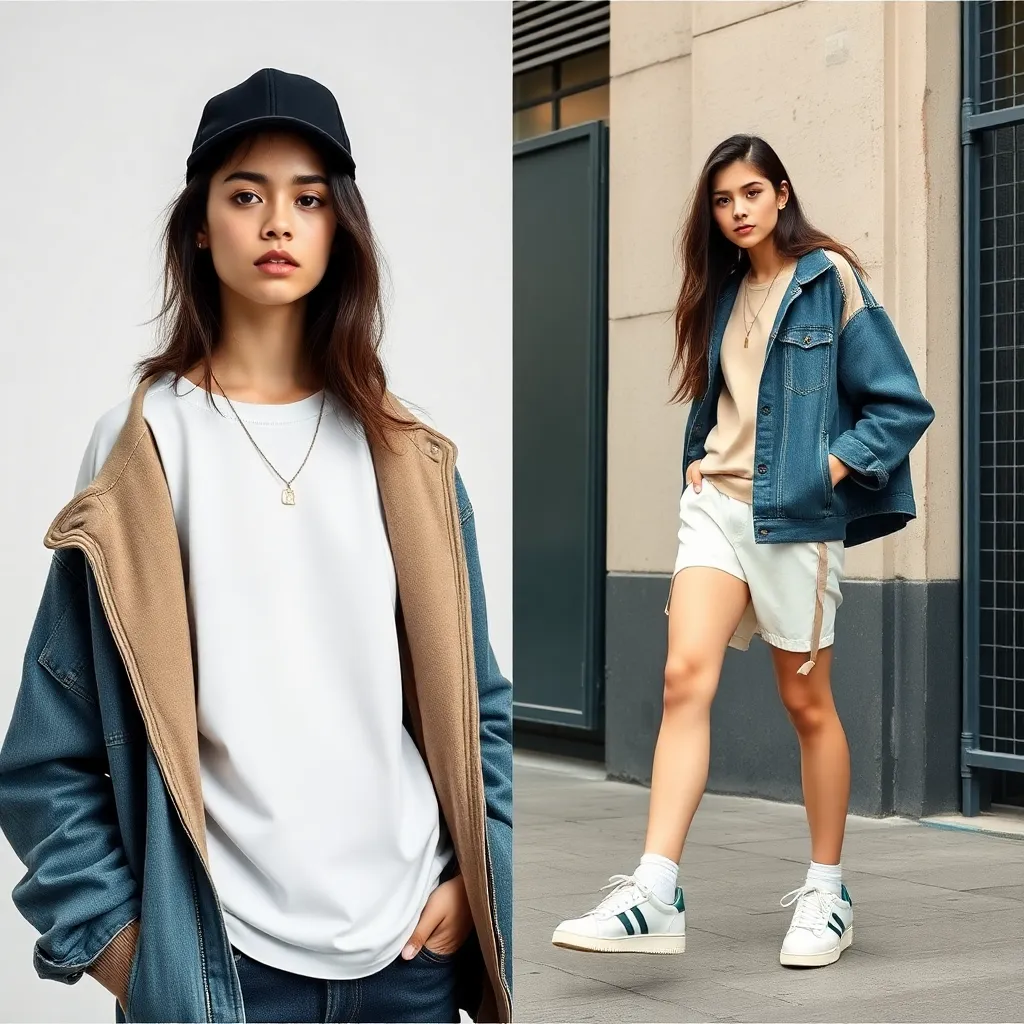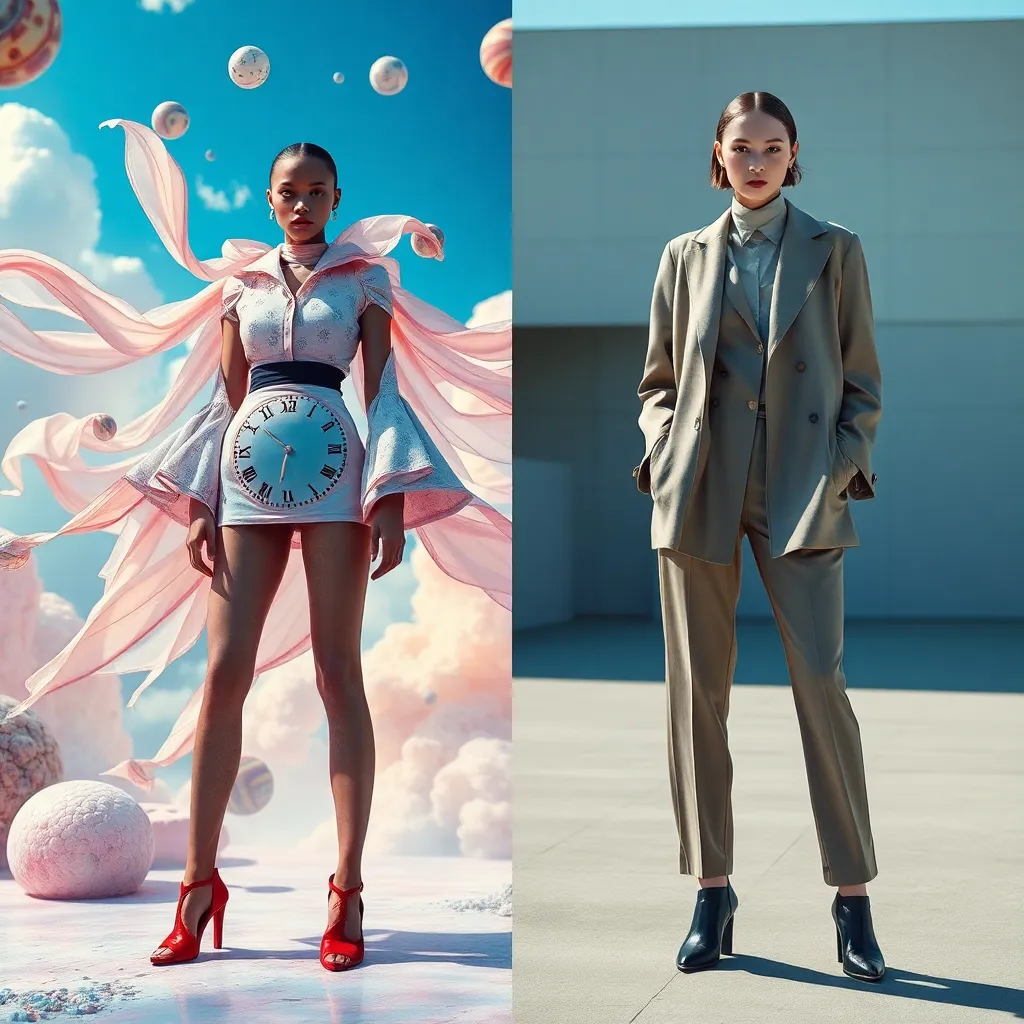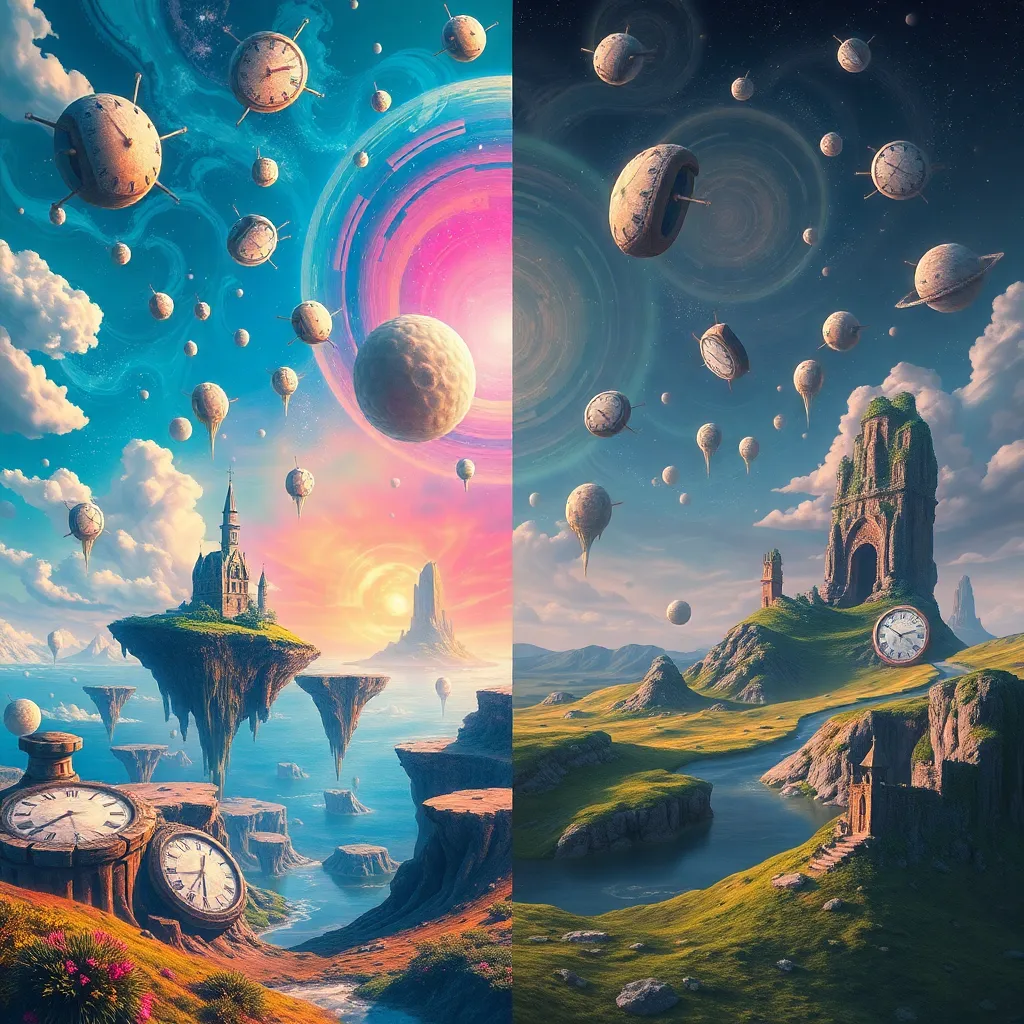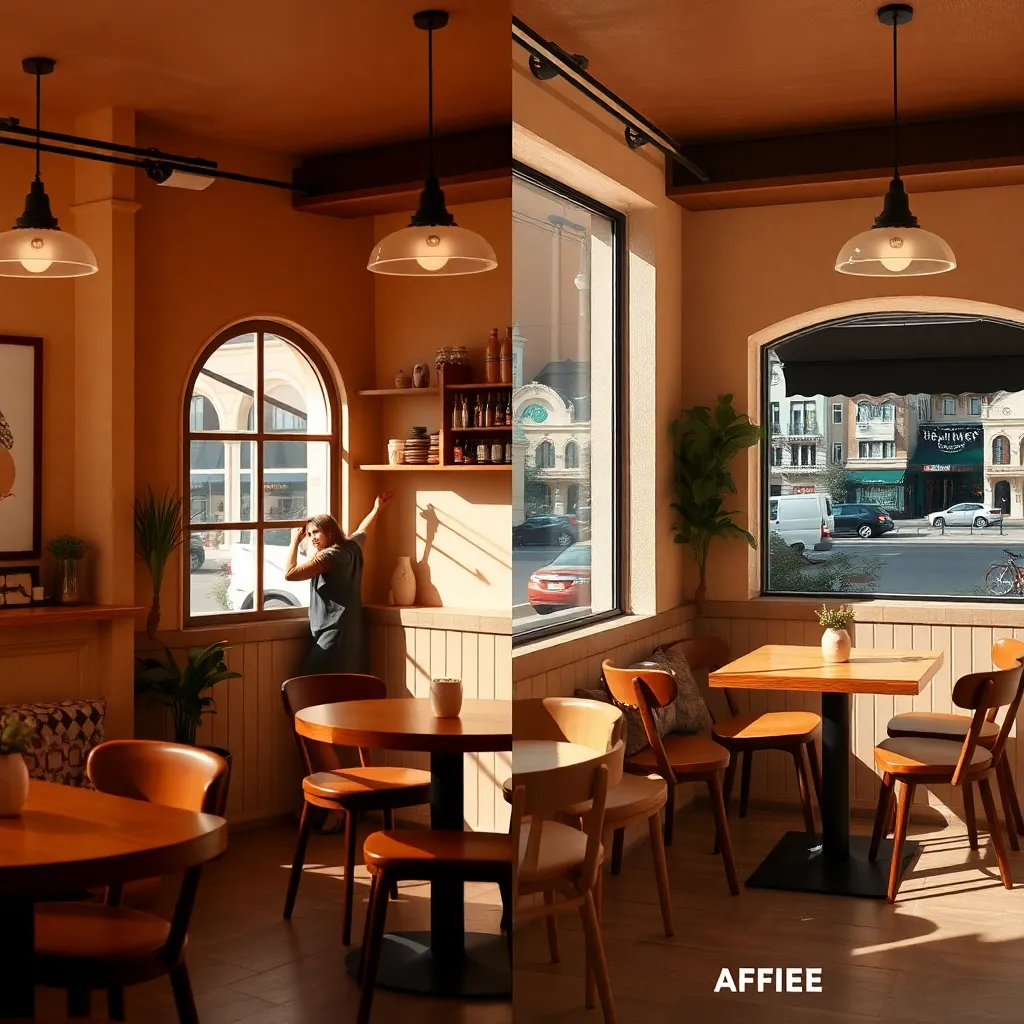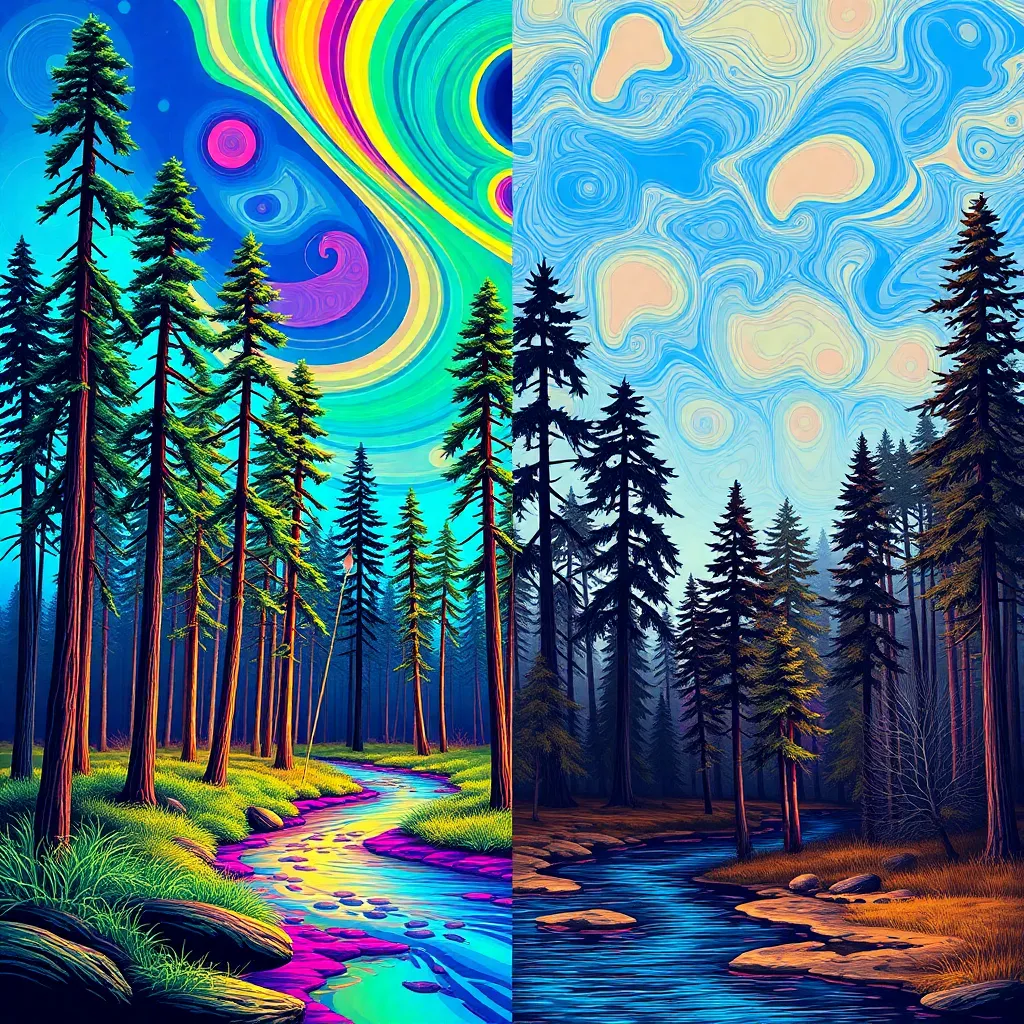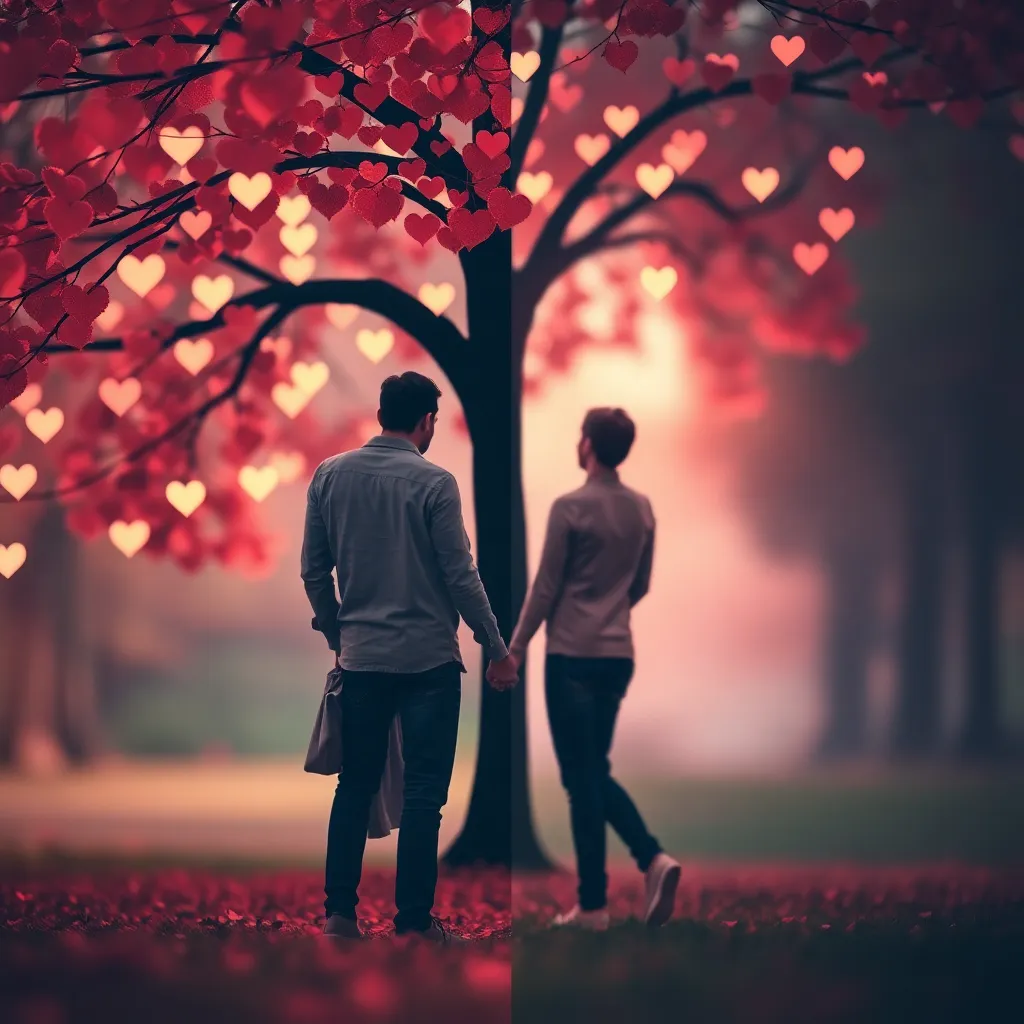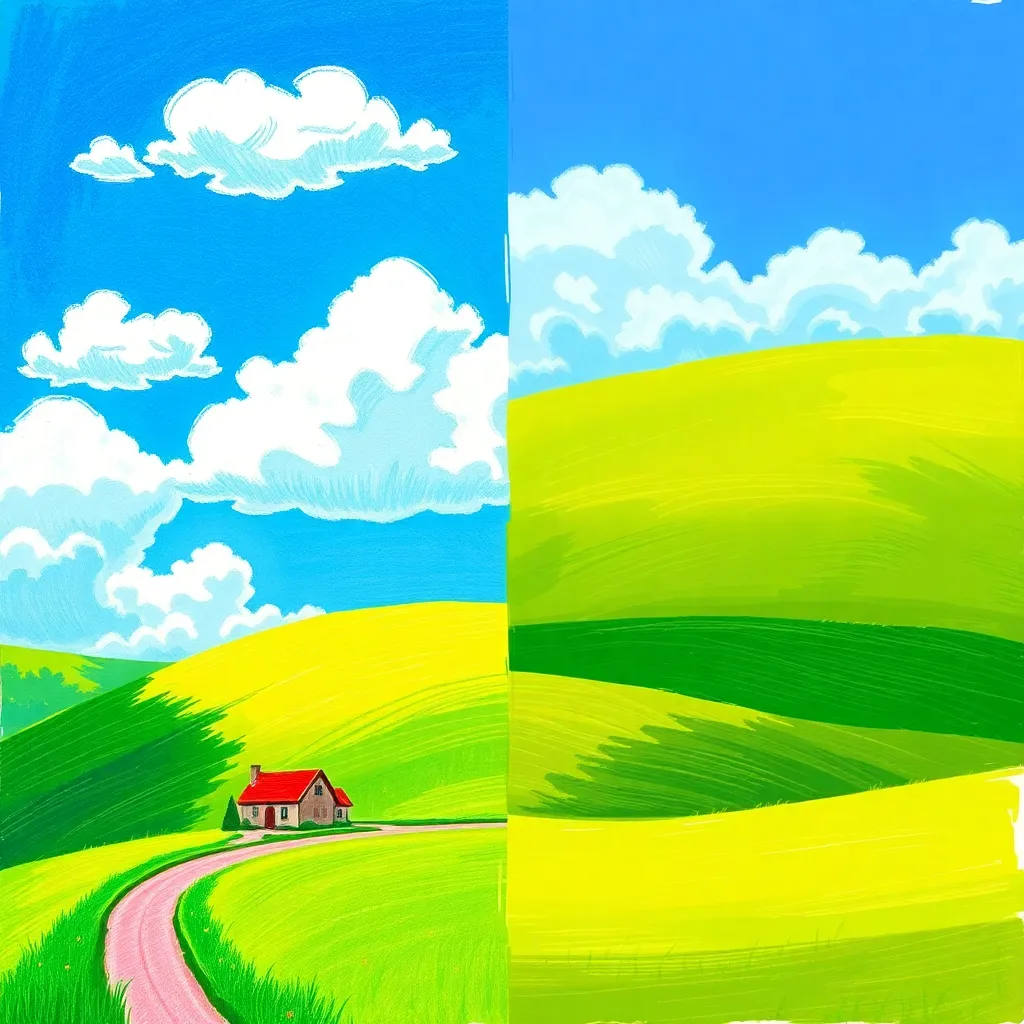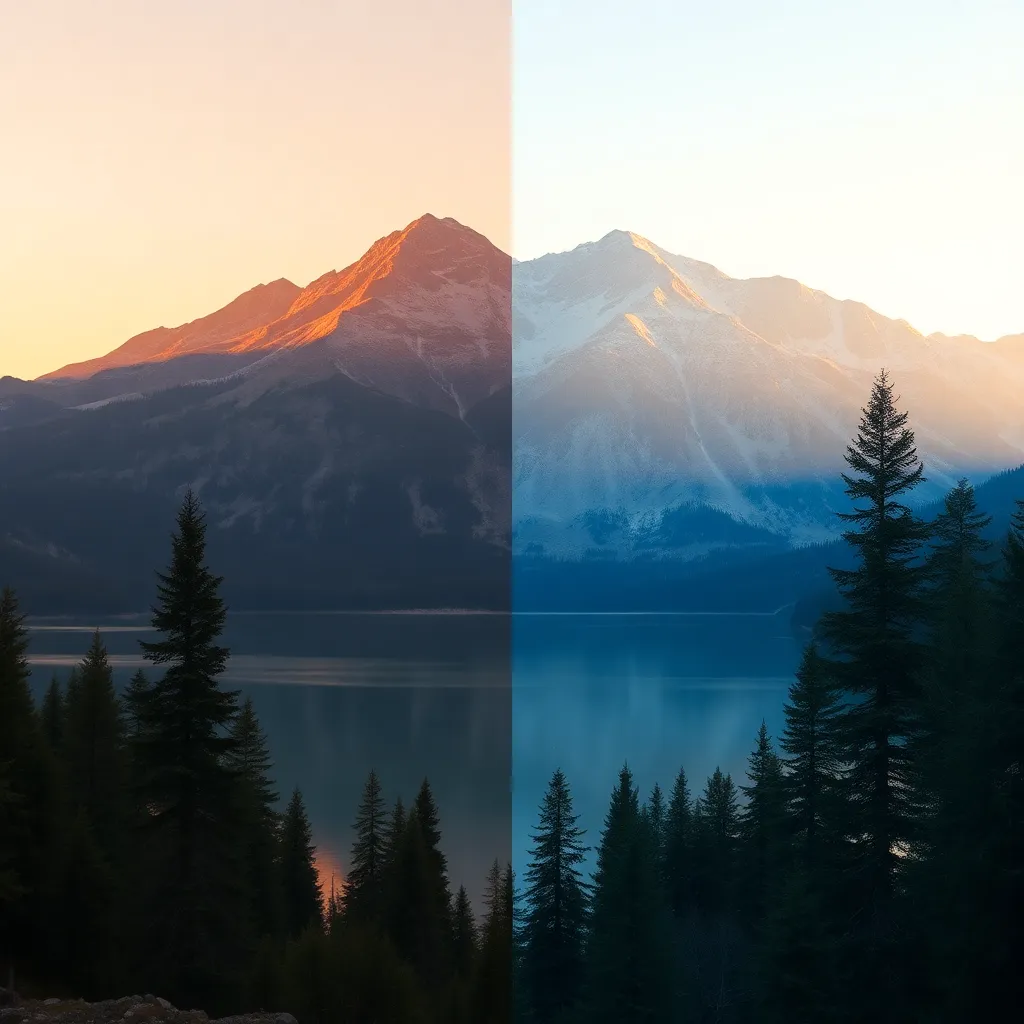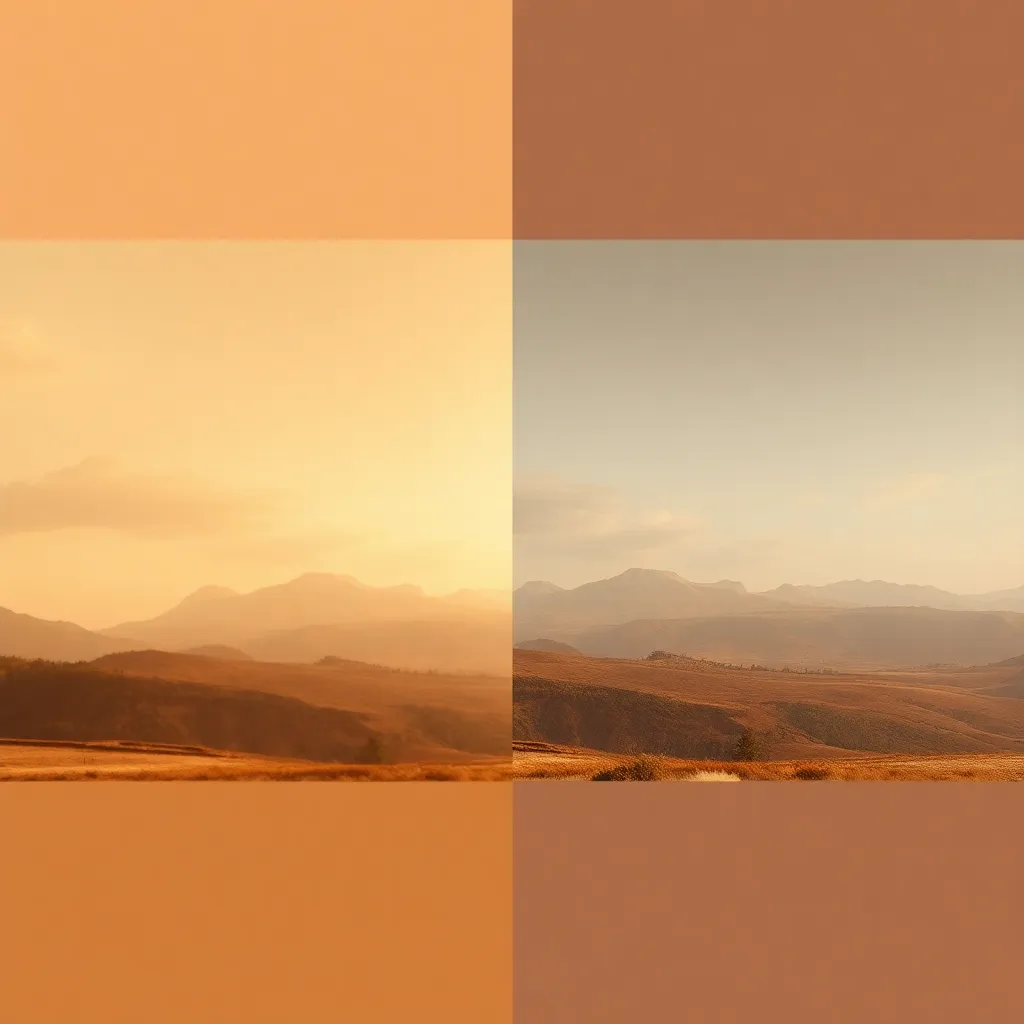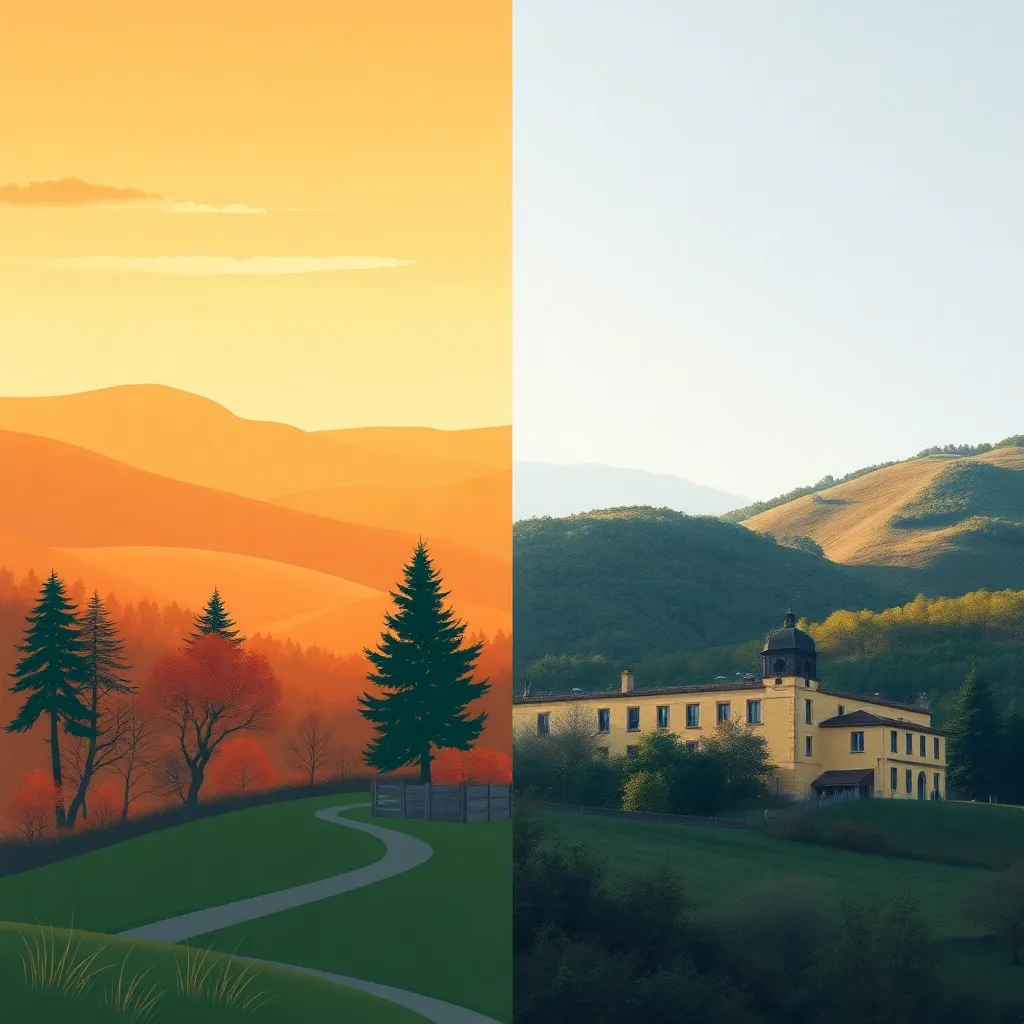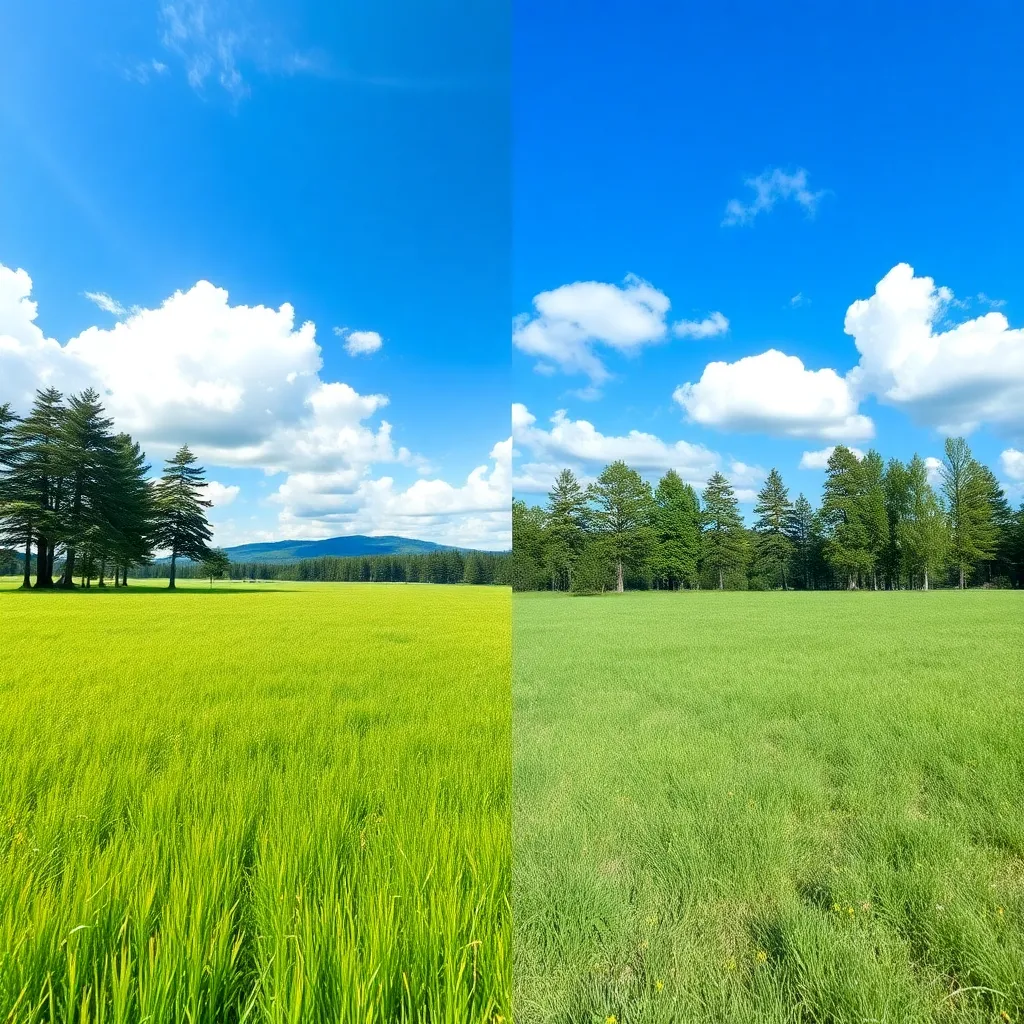Description of the NeoClassic Art Style: History and Key Characteristics
The NeoClassic art style is a visual homage to the grace and grandeur of the Neoclassicism movement that flourished in Europe during the late 18th and early 19th centuries. This movement emerged as a reaction to the ornate exuberance of the Baroque and Rococo periods, seeking inspiration from the art and architecture of ancient Greece and Rome. NeoClassic artists such as Jacques-Louis David, Jean-Auguste-Dominique Ingres, and Antonio Canova emphasized rationality, order, and idealized forms, creating works marked by symmetry, clarity, and restraint.
In the context of photography and digital art, the NeoClassic style translates these principles into the visual medium through:
- Balanced and symmetrical compositions
- Dramatic, directional lighting that sculpts the subject
- Elegant, muted color palettes with refined tonal transitions
- Classical themes and historical references
- Emphasis on idealized human forms and graceful poses
- Inclusion of architectural elements like columns, marble, and drapery
These characteristics imbue modern images with a sense of timelessness, sophistication, and narrative depth.
Who Is Using the NeoClassic Art Style?
The NeoClassic art style is popular among a diverse range of creative professionals and enthusiasts, including:
- Fine Art Photographers: Seeking to create gallery-worthy images with a museum-like quality.
- Art Directors and Designers: Crafting book covers, editorial illustrations, and promotional materials that require gravitas and elegance.
- Interior Designers: Commissioning or curating NeoClassic-inspired art for luxury homes, hotels, and corporate spaces.
- Filmmakers and Marketers: Designing posters and visual assets for period dramas, historical documentaries, and classical events.
- Academics and Educators: Producing educational materials and fine art prints for lectures, museums, and scholarly publications.
- AI Art Enthusiasts: Using AI image generators to experiment with classical styles in a contemporary context.
The style’s adaptability allows it to serve both traditionalists, who appreciate its historical roots, and modernists, who enjoy its creative reinterpretation.
How Does the NeoClassic Art Style Enhance Photos?
The NeoClassic art style elevates photography and digital imagery in several profound ways:
- Timeless Elegance: By referencing classical art, the style imparts a sense of enduring beauty and sophistication. Images are elevated above fleeting trends, making them suitable for archival and fine art purposes.
- Narrative Depth: The inclusion of historical themes, mythological references, and architectural elements creates layered storytelling. Each image feels like a scene from a grand narrative, inviting viewers to imagine the story behind the composition.
- Dramatic Lighting: Use of directional, often chiaroscuro-style lighting introduces volume, depth, and mood, sculpting the subject and creating a sense of three-dimensionality reminiscent of master paintings.
- Refined Composition: Meticulous attention to symmetry, balance, and proportion draws the viewer’s eye and creates a harmonious visual experience.
- Emotional Resonance: The idealized forms and graceful poses evoke a sense of aspiration, virtue, and heroism, resonating with viewers on a deeper emotional level.
By incorporating these elements, the NeoClassic art style doesn’t just beautify an image—it transforms it into a work of art that feels both historic and immediate.
Use Cases: Where and When to Use the NeoClassic Art Style
The NeoClassic art style shines in a variety of photographic and illustrative contexts. Here’s how it enhances different scenarios:
1. Historical Portraiture for Museum Exhibitions
This style is ideal for recreating the look and feel of 18th- and 19th-century portraiture. It adds authenticity and gravitas to images, making them suitable for museum displays, historical reenactments, and cultural heritage projects.
2. Book Covers for Classic Literature
NeoClassic imagery instantly signals literary and intellectual prestige. Its balanced compositions and dramatic scenes are perfect for classic literature book covers, making stories come alive while promising readers a timeless journey.
3. Interior Design Wall Art for Luxury Homes
Grand cityscapes, classical architecture, and mythological scenes rendered in the NeoClassic style serve as stunning focal points in luxury interiors. They convey sophistication, culture, and a sense of history, elevating the atmosphere of any space.
4. Promotional Posters for Period Dramas or Films
The style’s visual drama and historical fidelity make it the go-to choice for advertising period films, theater productions, and historical events. The resulting posters evoke the grandeur of bygone eras, attracting audiences seeking epic stories.
5. Fine Art Prints for Academic Purposes
Academic settings benefit from NeoClassic prints depicting mythological or historical subjects. These images serve as educational tools and decorative art, bridging the gap between scholarship and visual beauty.
6. Editorial Illustrations for History or Philosophy Articles
The NeoClassic style lends credibility and depth to editorial content on historical, philosophical, or cultural topics. Lush details and classical motifs create visual narratives that engage and inform readers.
Pro Tips for Mastering the NeoClassic Art Style
- Embrace Dramatic Lighting: Use natural or artificial lighting to create strong contrasts and sculptural effects. Side-lighting and back-lighting are especially effective.
- Prioritize Composition: Plan your shots with symmetry, balance, and proportion in mind. Use leading lines and classical framing devices such as arches, columns, or draped fabrics.
- Incorporate Classical Elements: Add architectural props, period costumes, or mythological motifs to reinforce the NeoClassic atmosphere.
- Refine Color Grading: Aim for elegant, muted palettes with subtle transitions between highlights and shadows. Avoid overly saturated or modern color treatments.
- Direct Poses Thoughtfully: Guide subjects into graceful, idealized poses reminiscent of classical sculpture and painting. Pay attention to hand placement, posture, and gaze.
- Use Texture and Detail: Integrate painterly textures, soft brush effects, or digital enhancements to mimic the surface quality of traditional oil paintings.
Conclusion
The NeoClassic art style is a powerful tool for anyone seeking to infuse their images with timeless beauty, narrative depth, and refined elegance. Whether you’re creating portraits, editorial illustrations, or fine art prints, mastering this style will allow you to produce work that stands out for its historical resonance and artistic sophistication.
